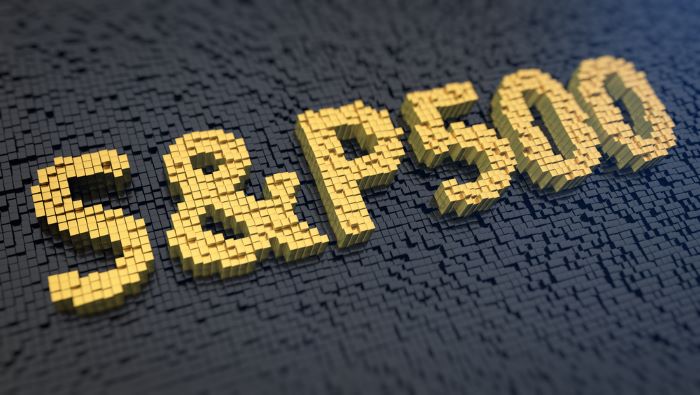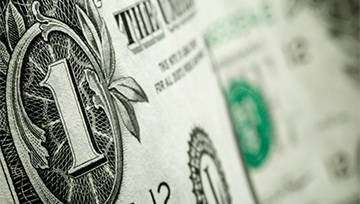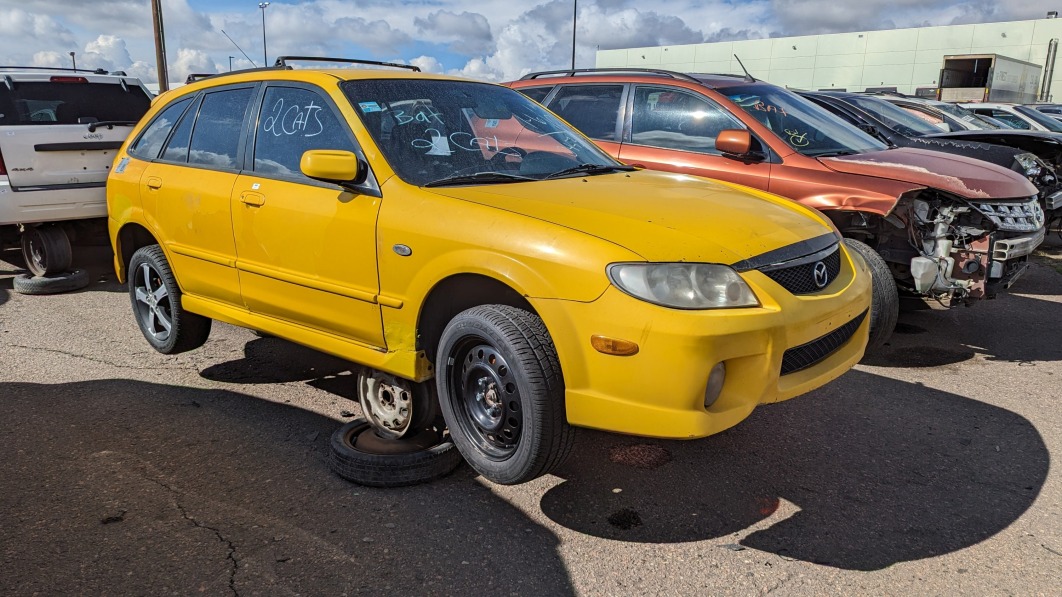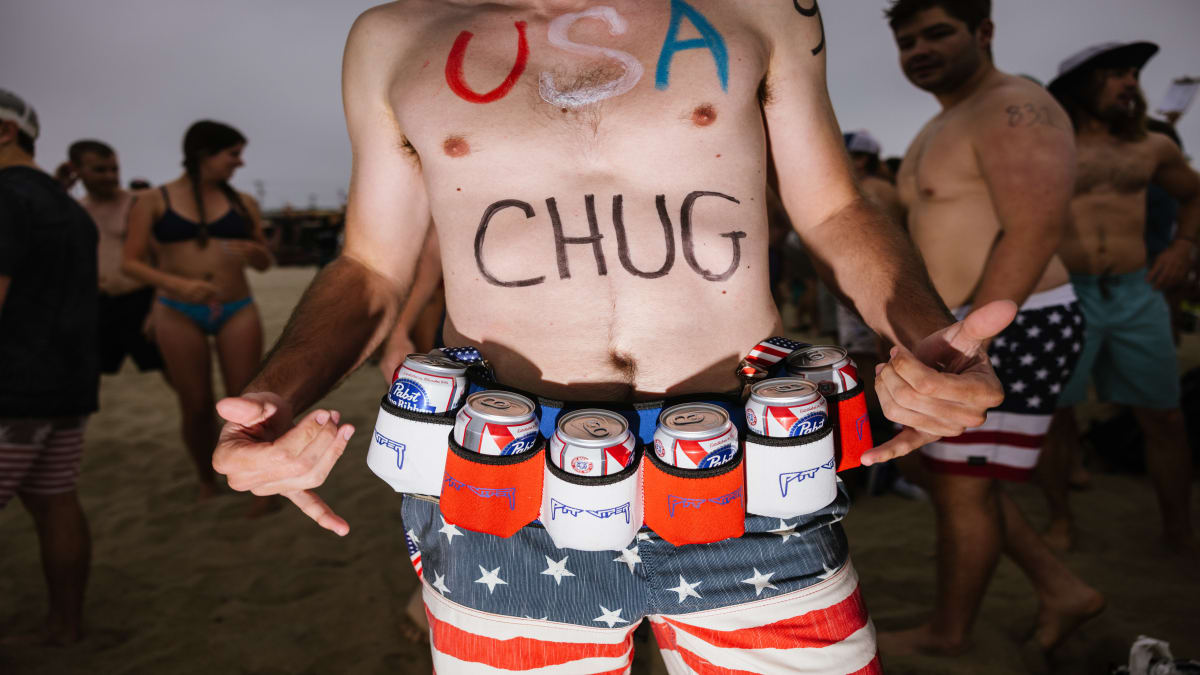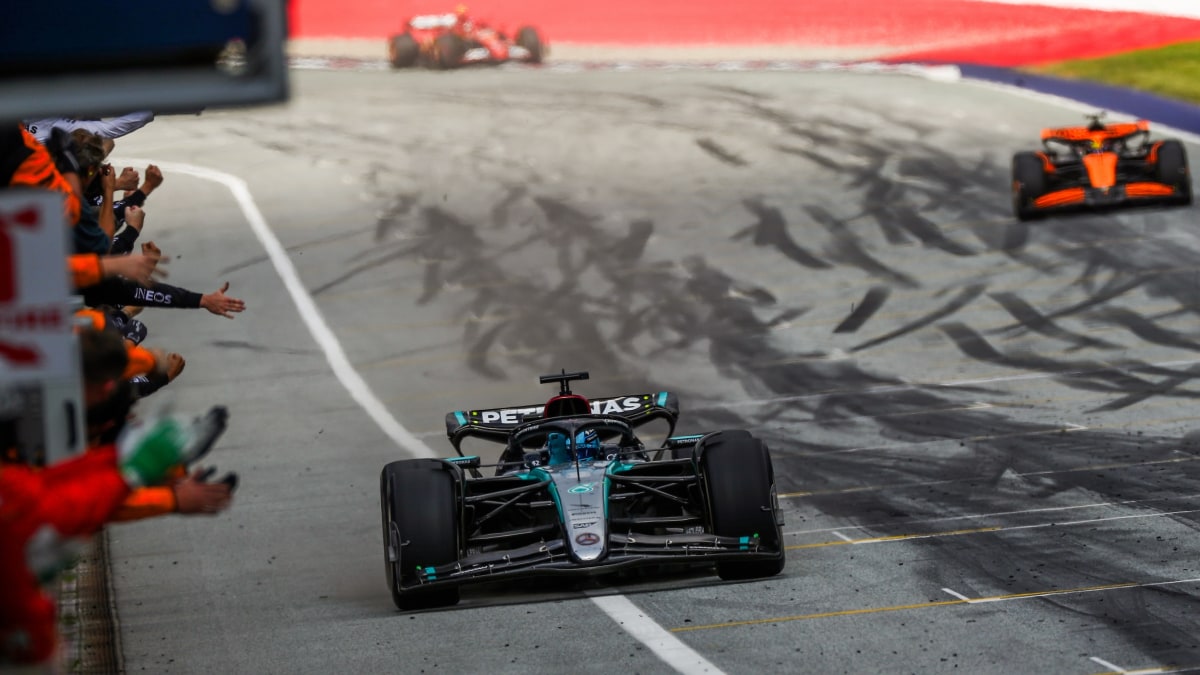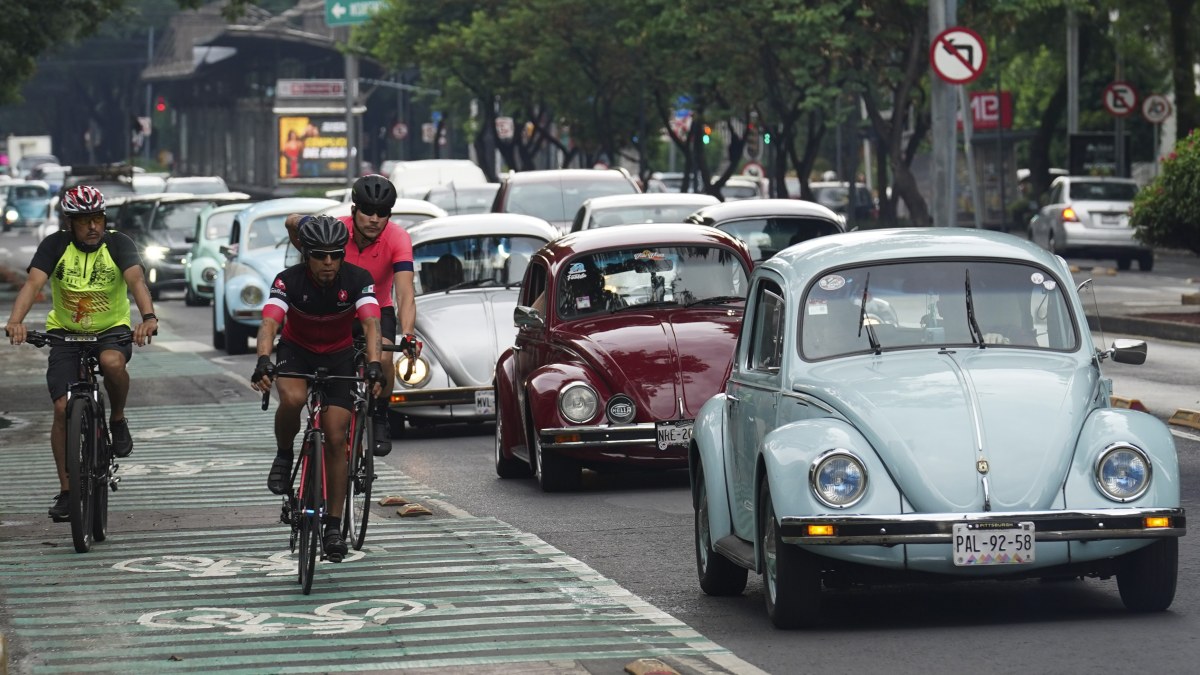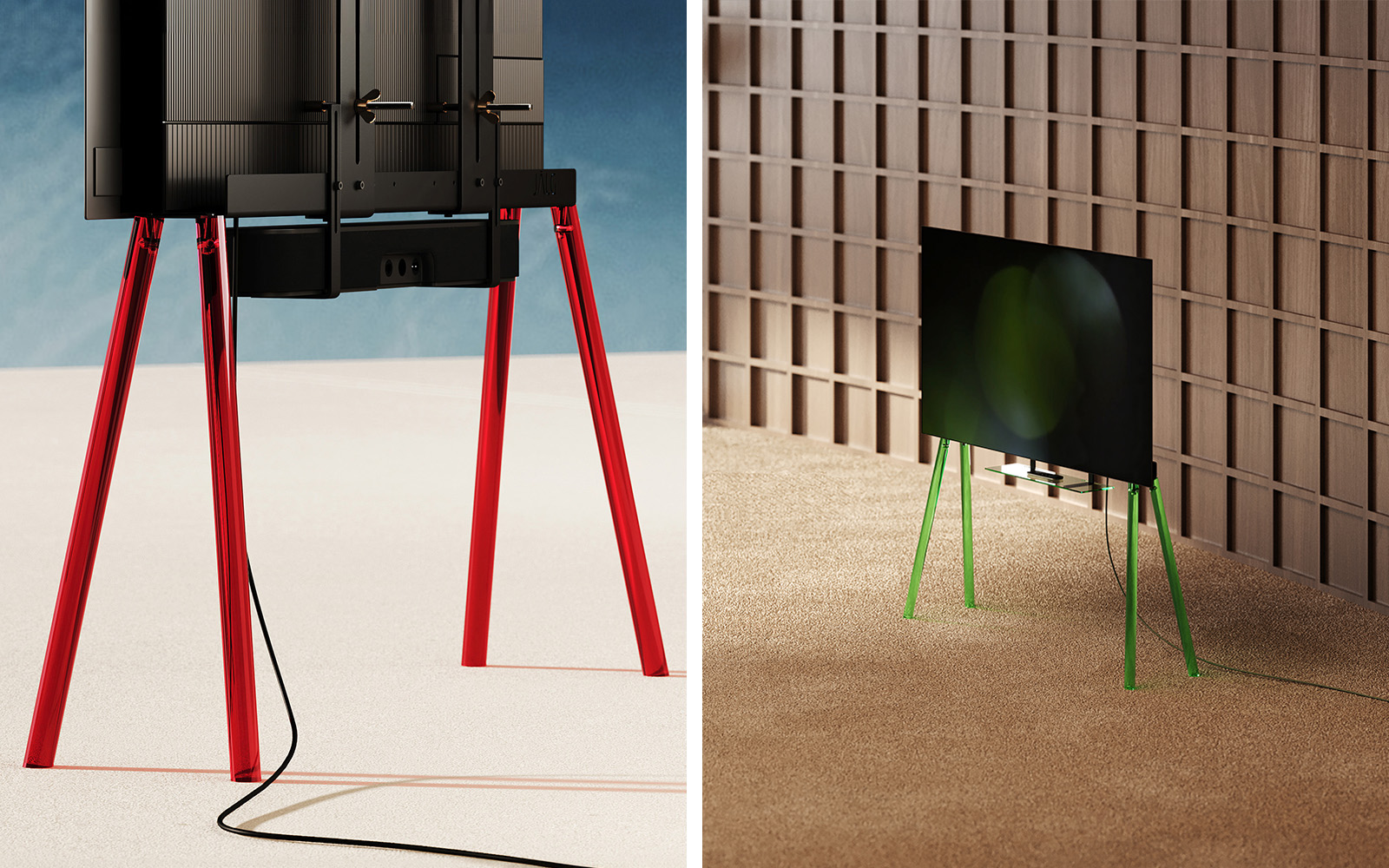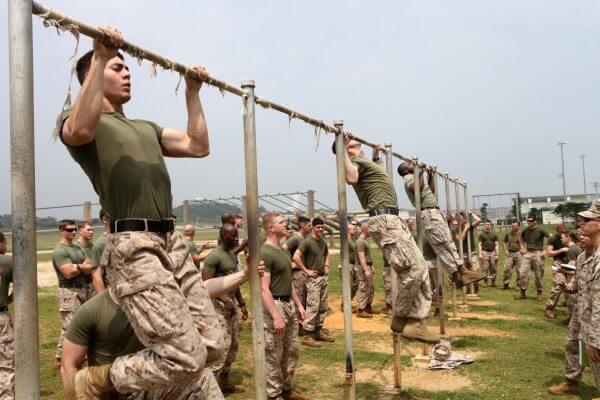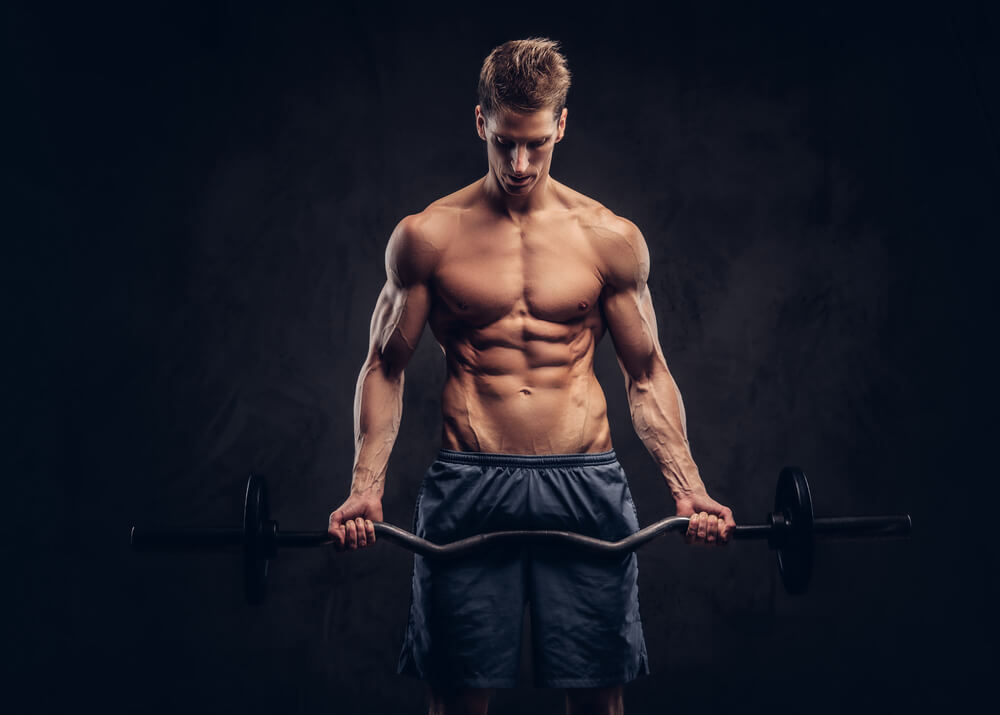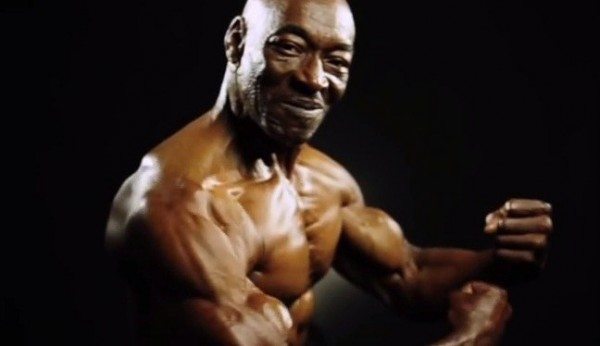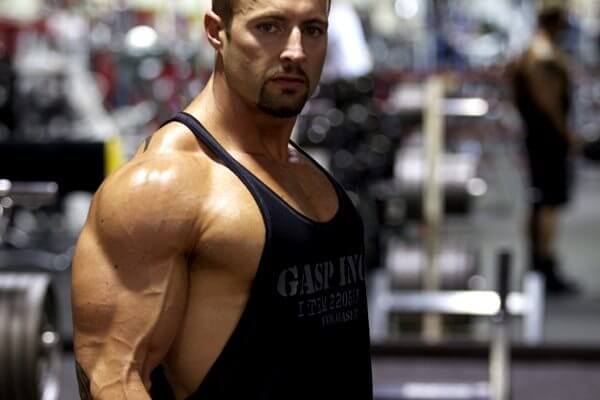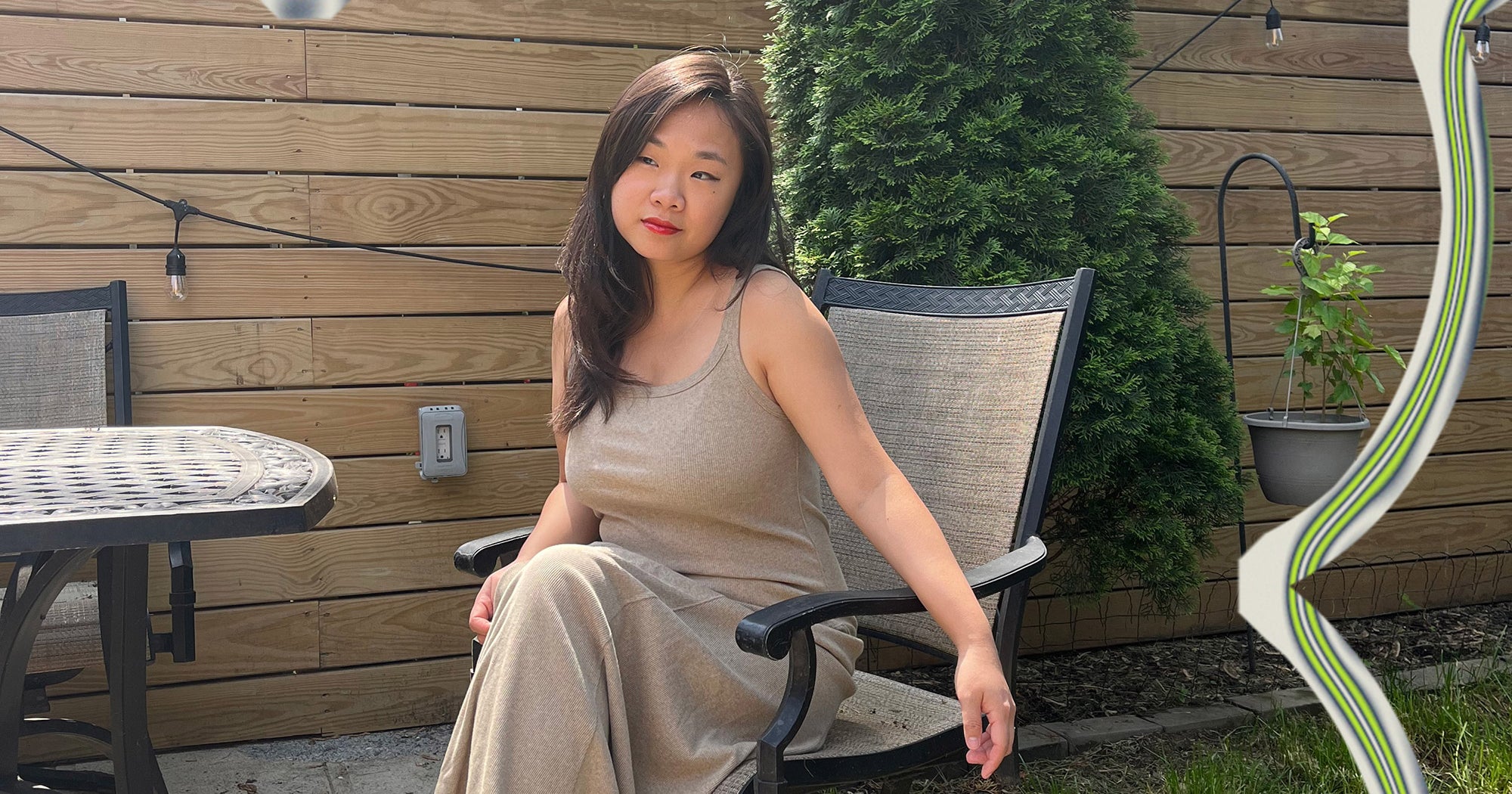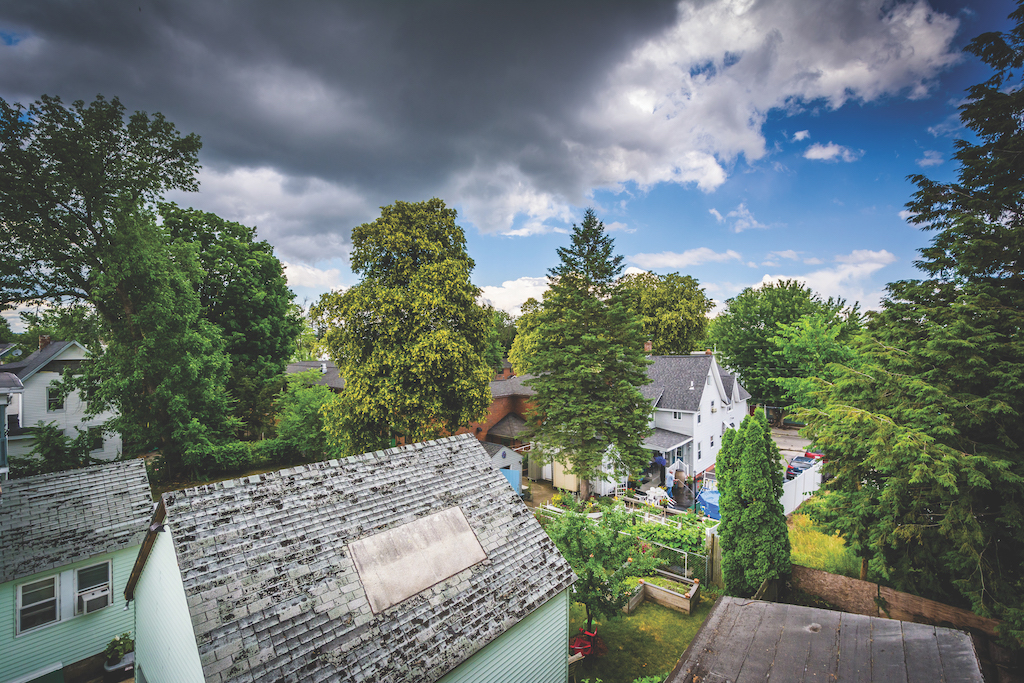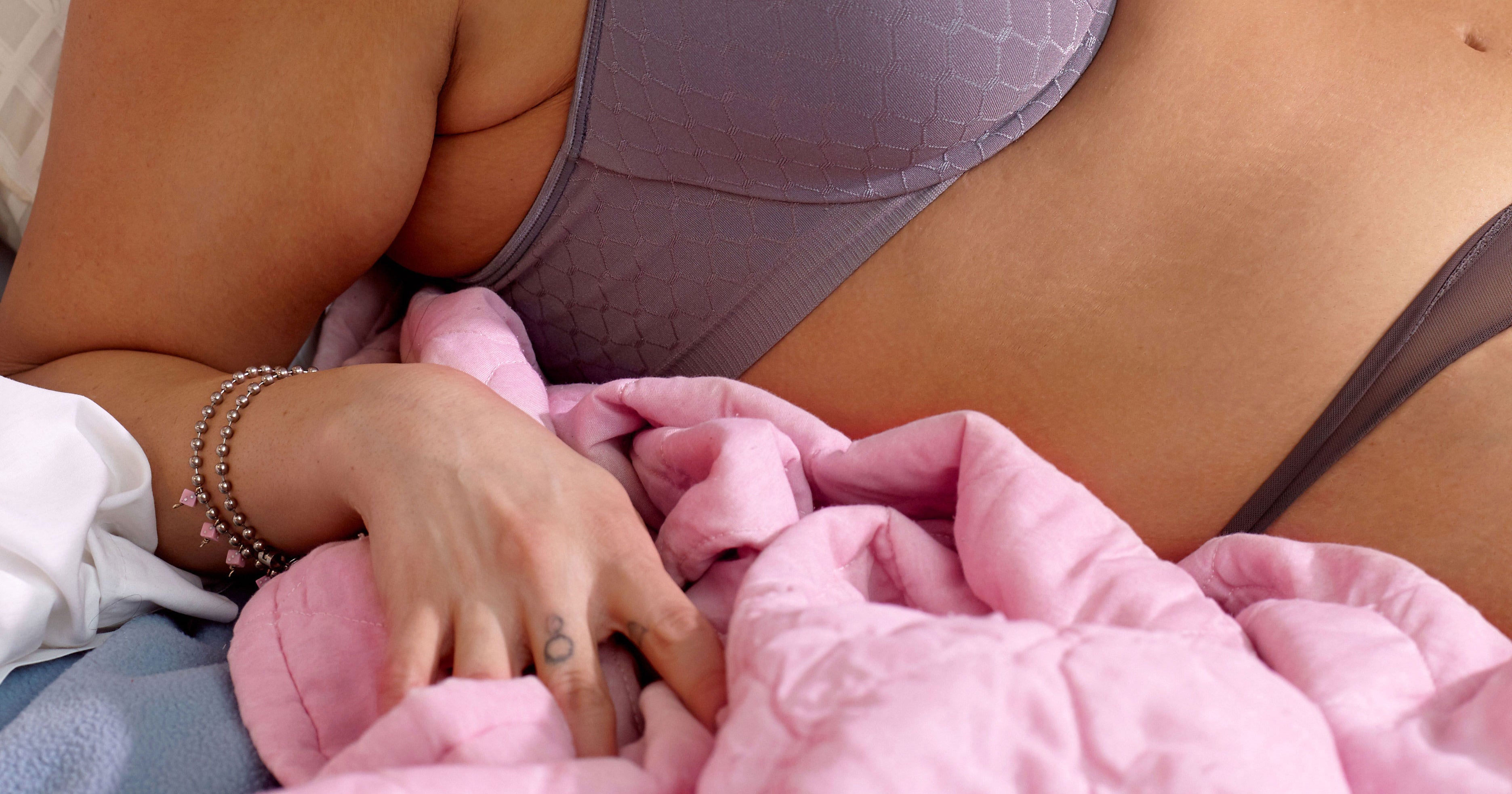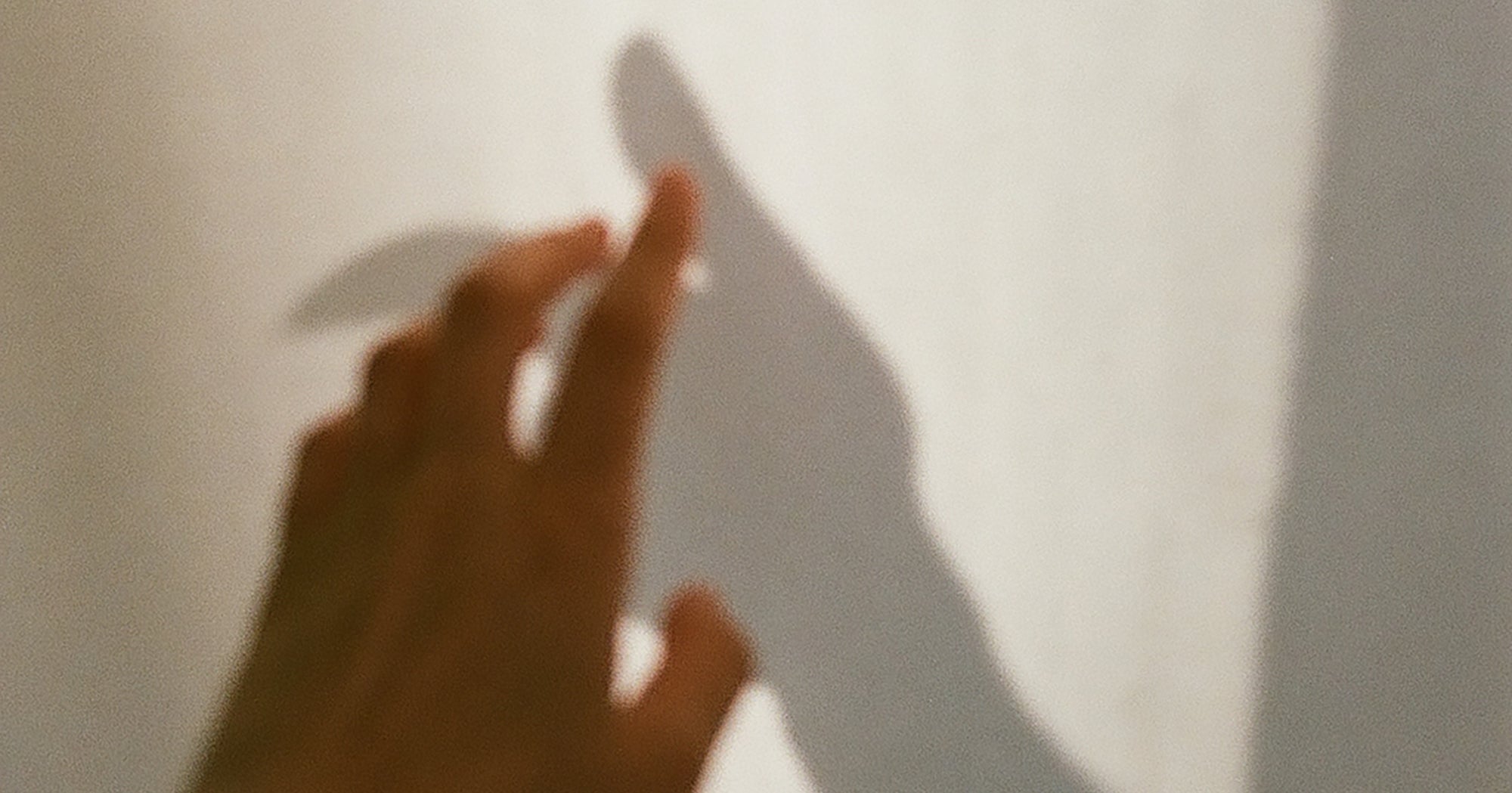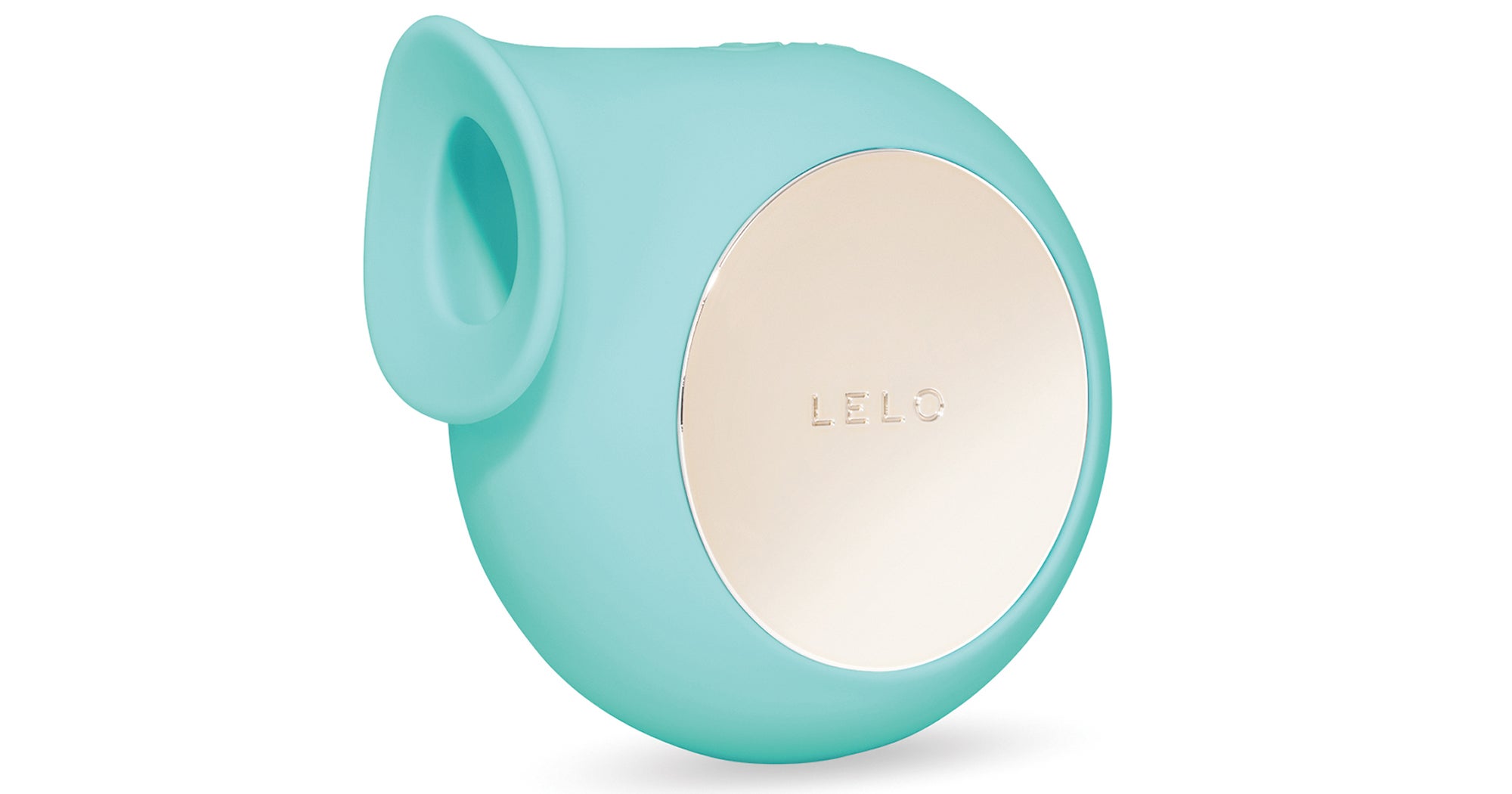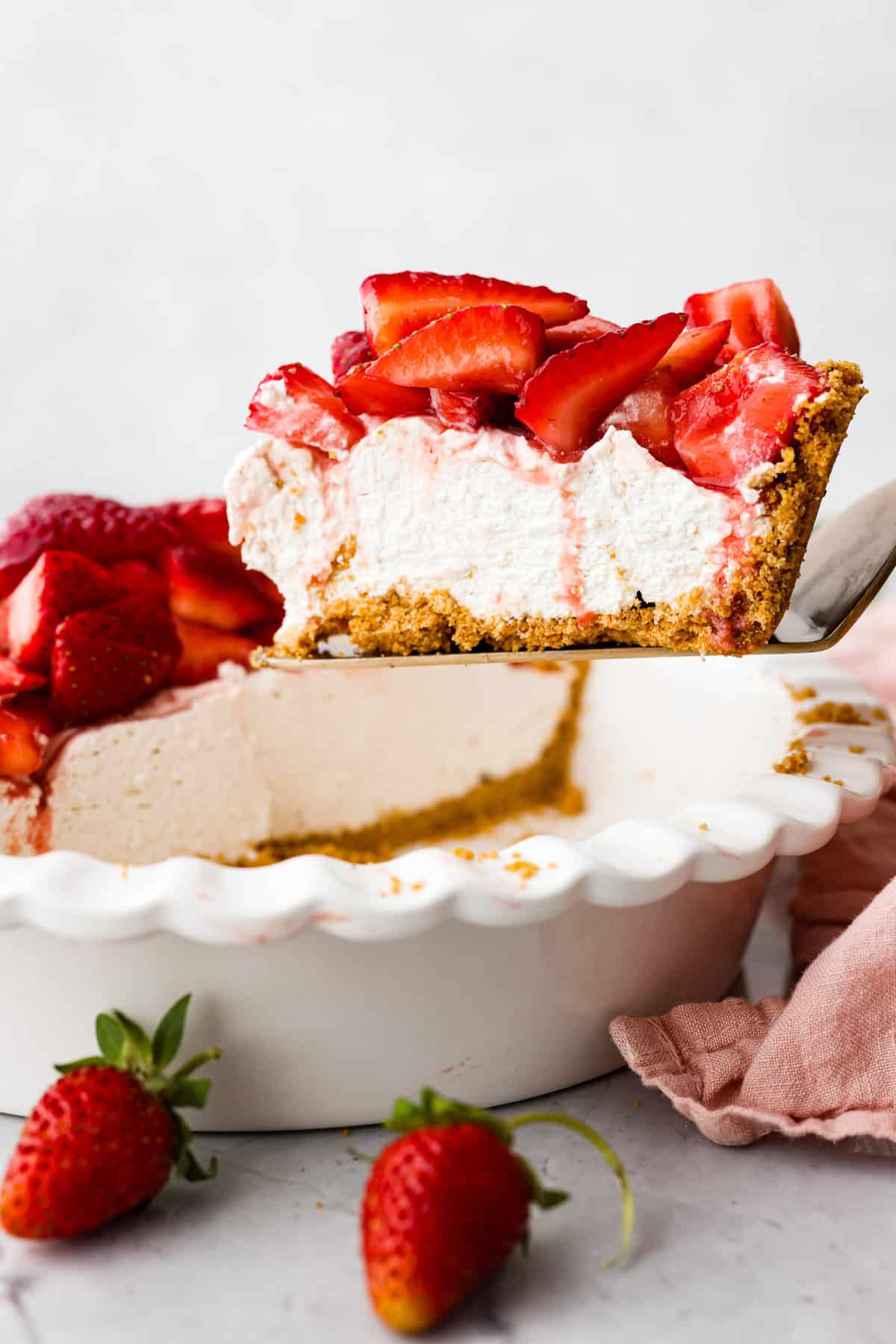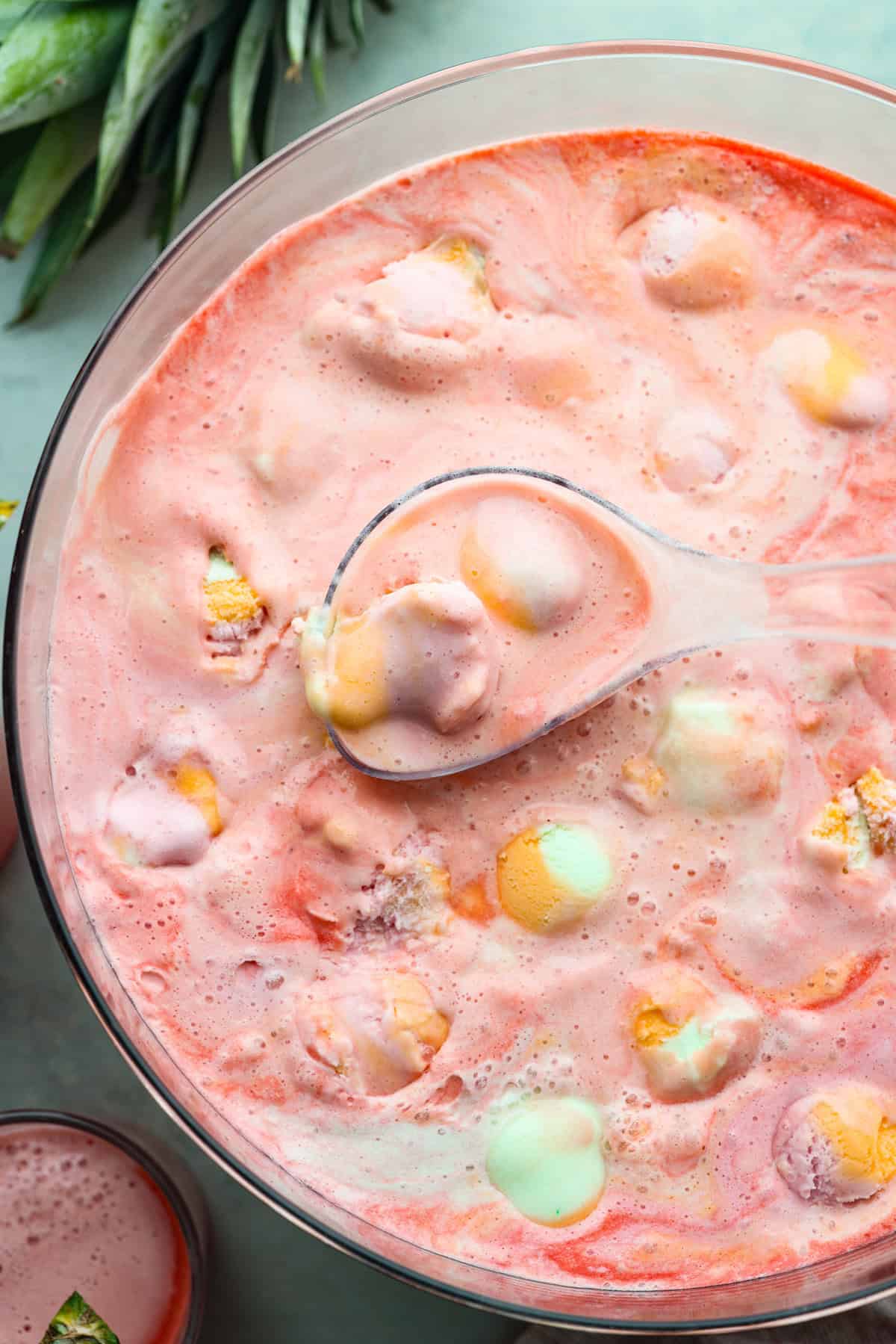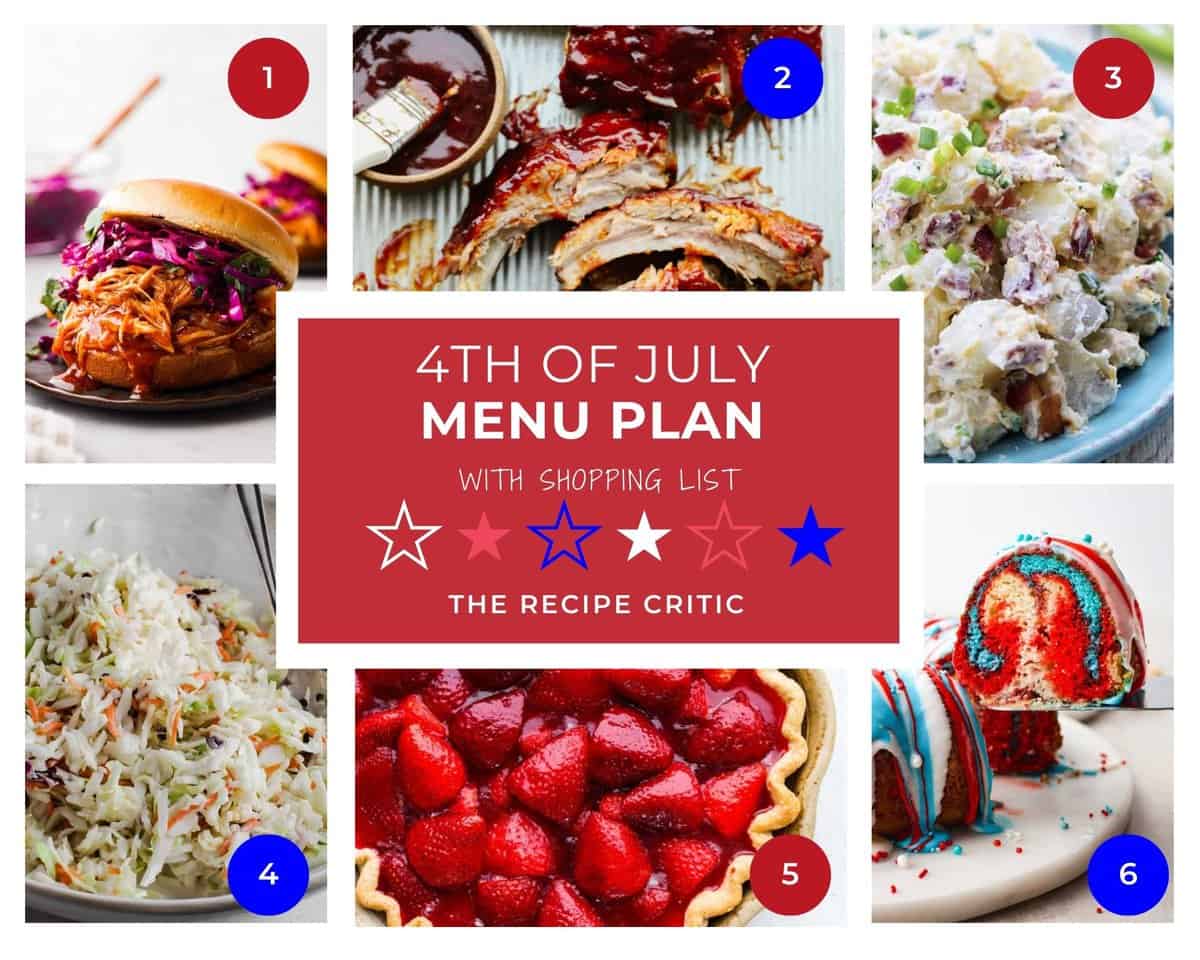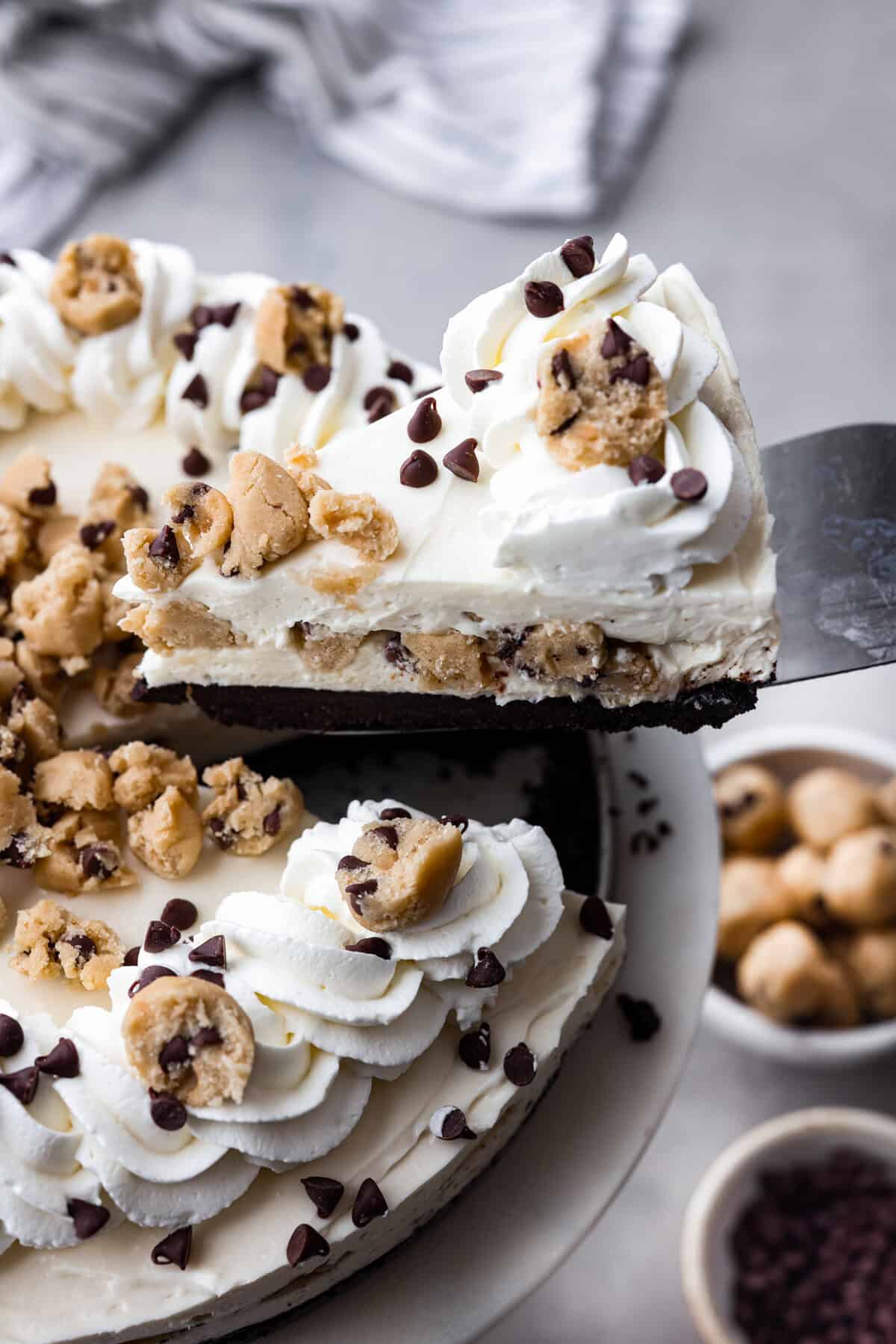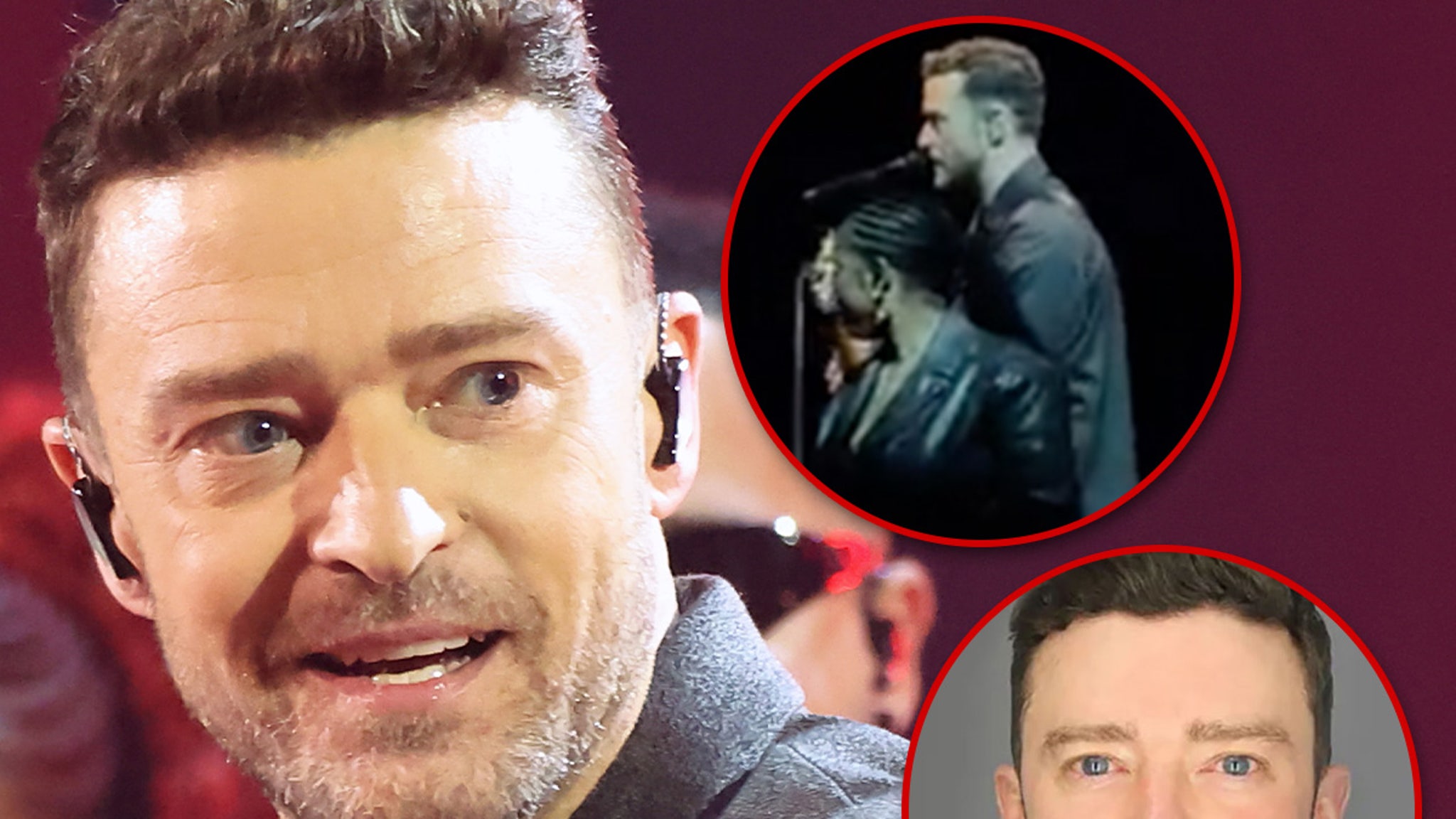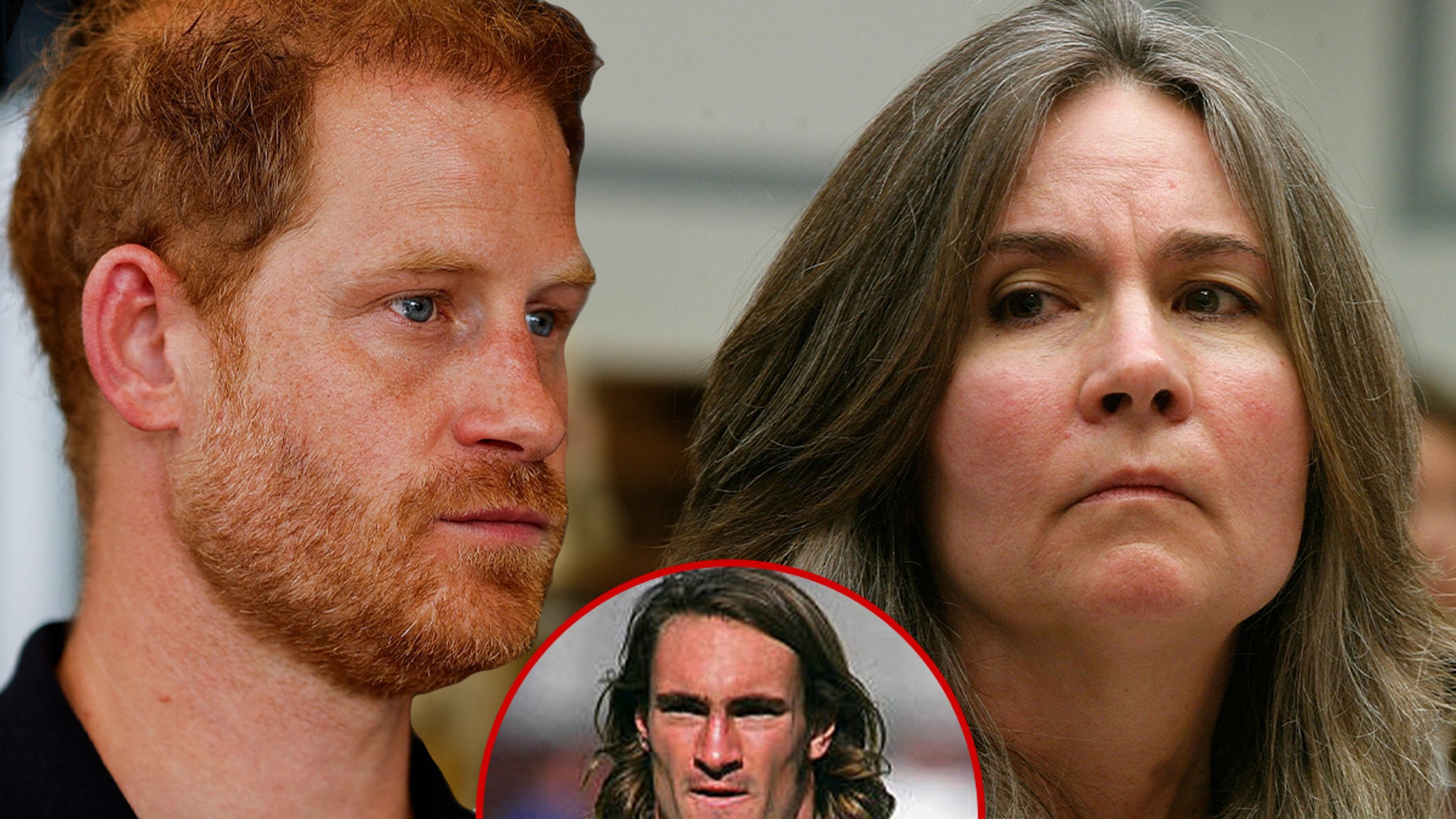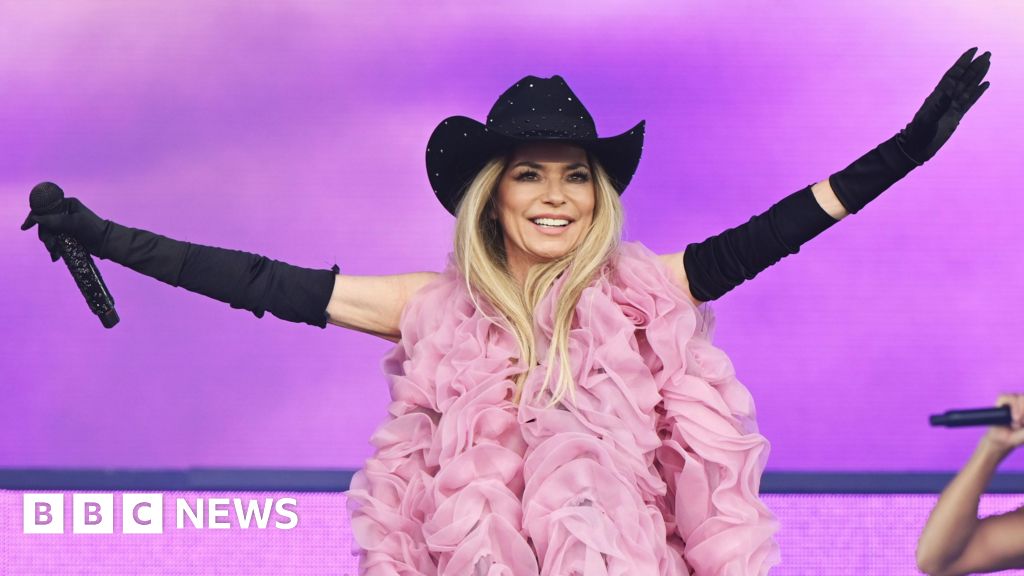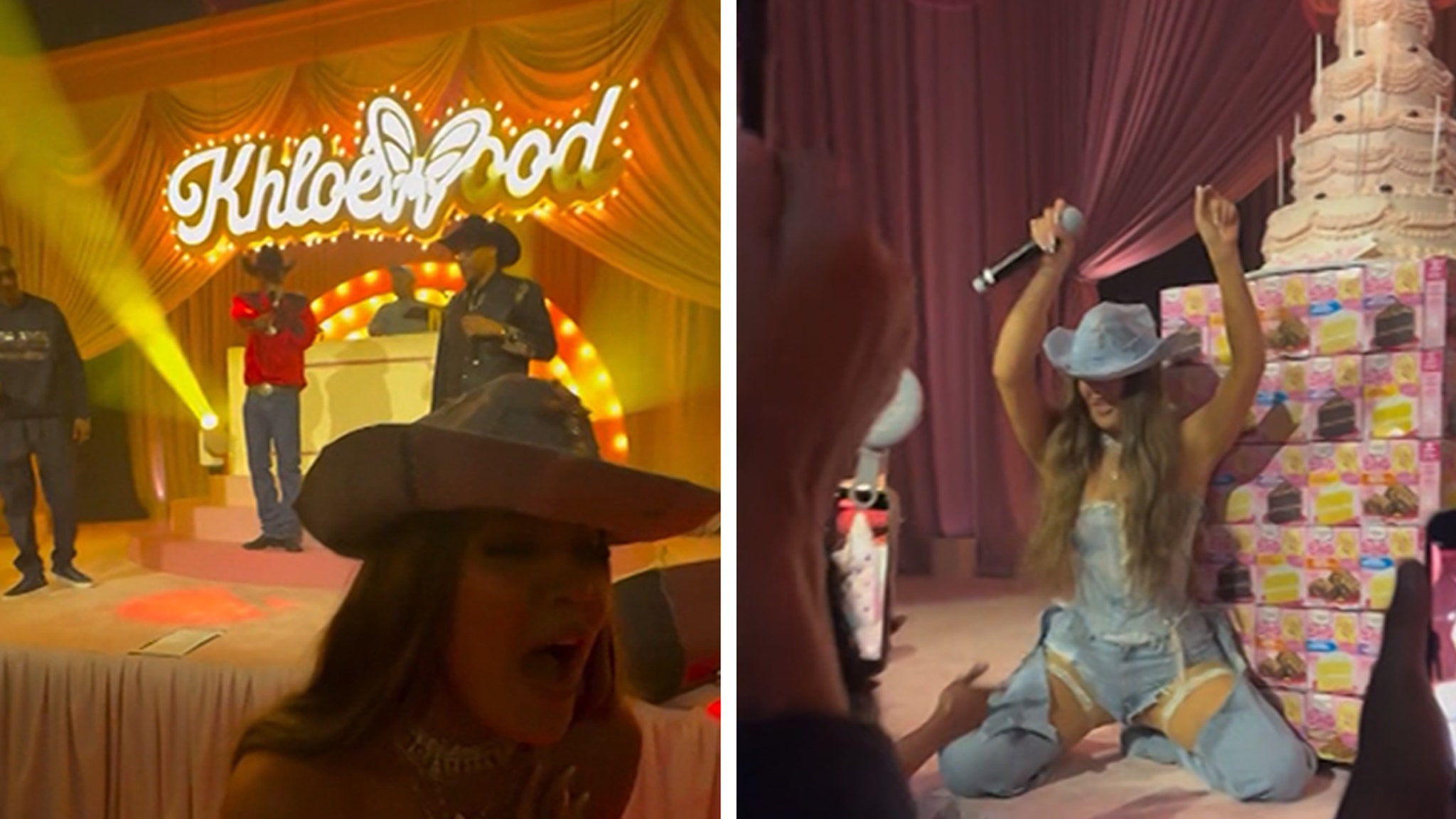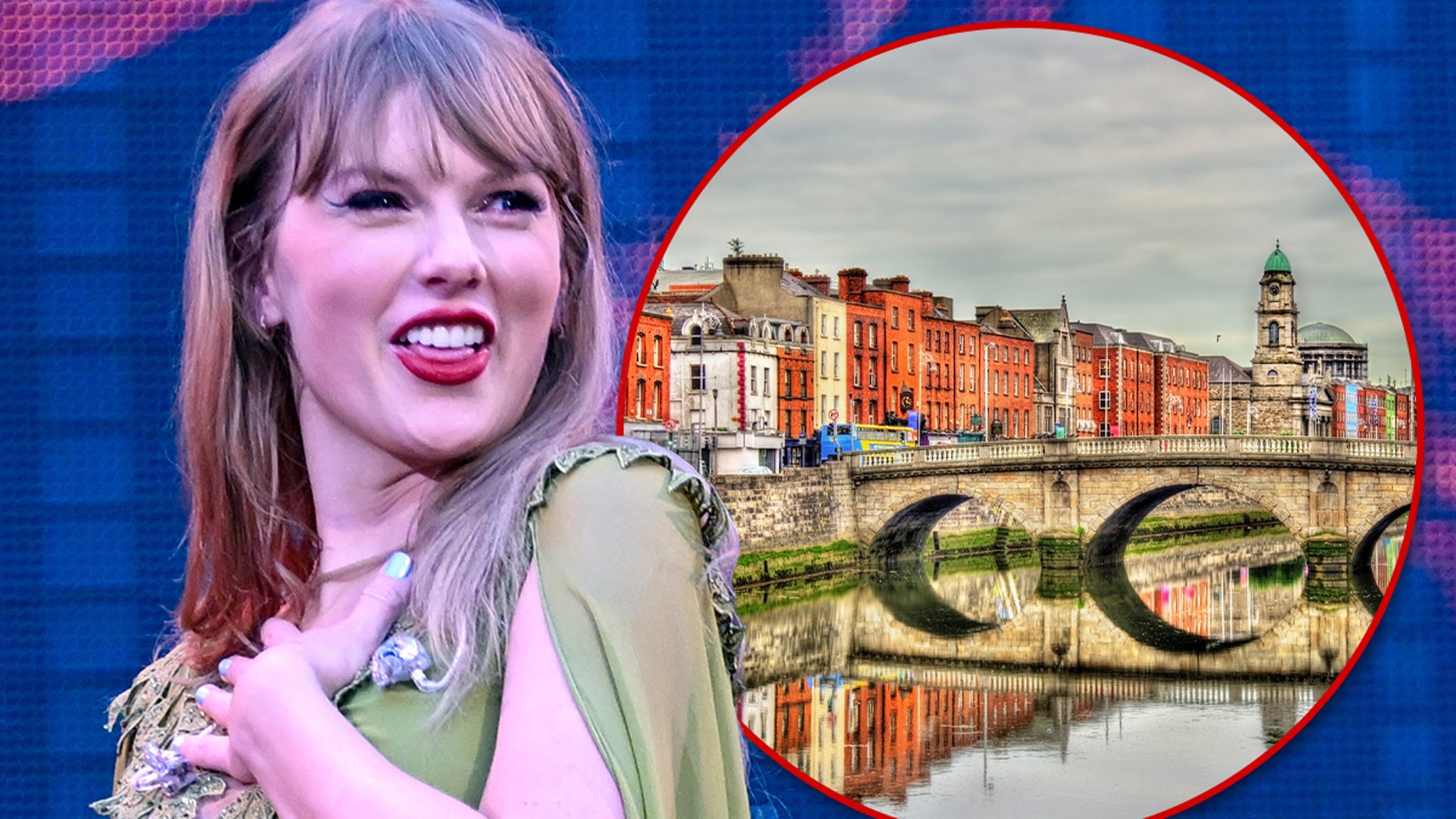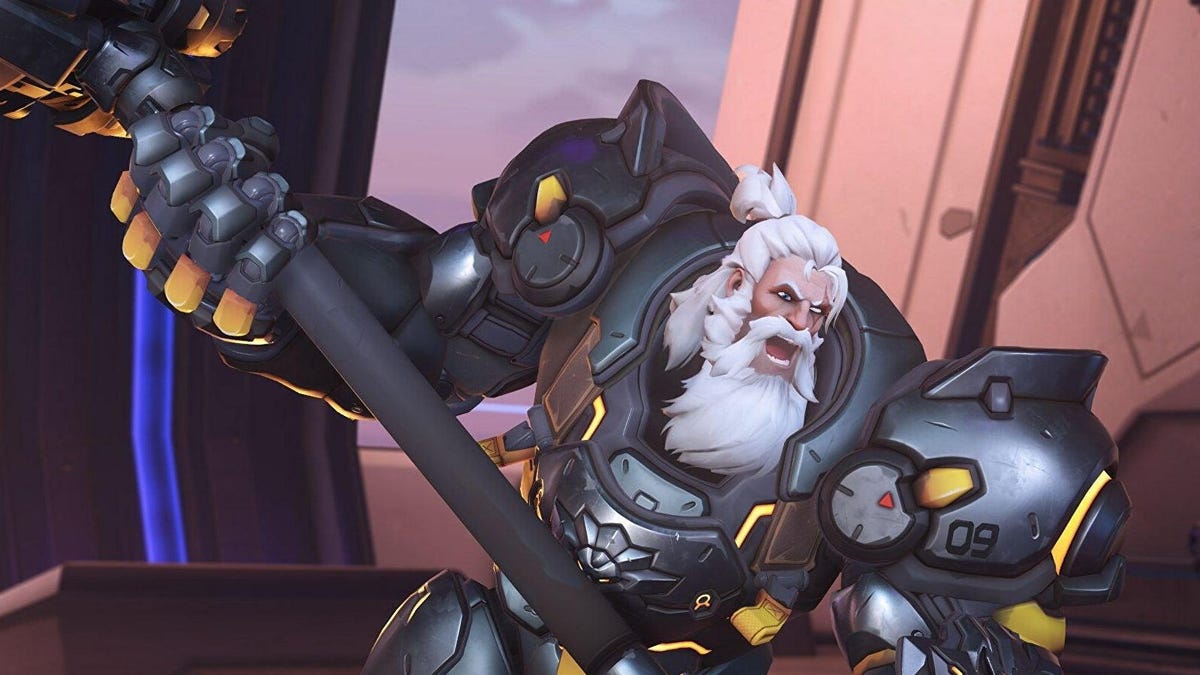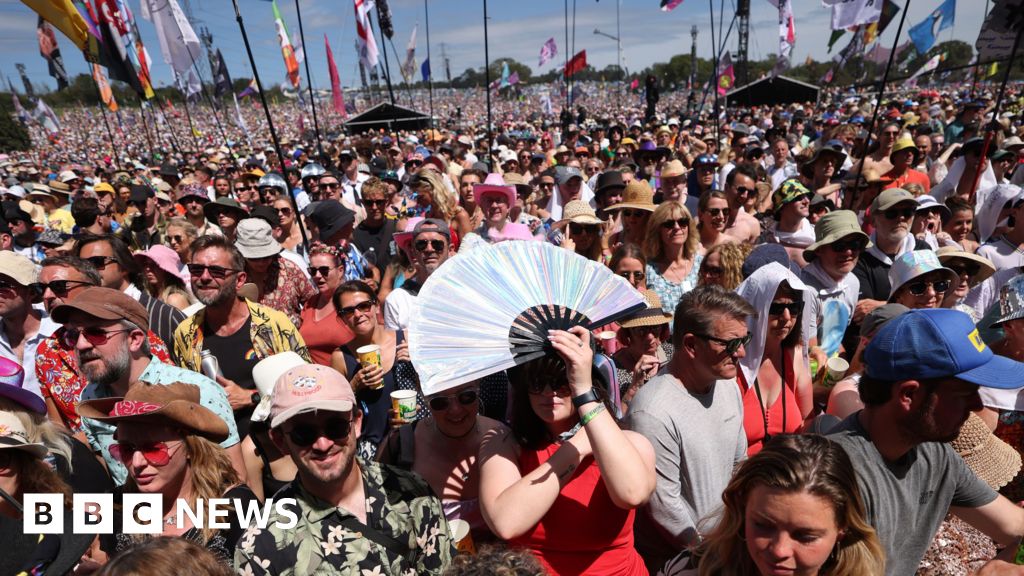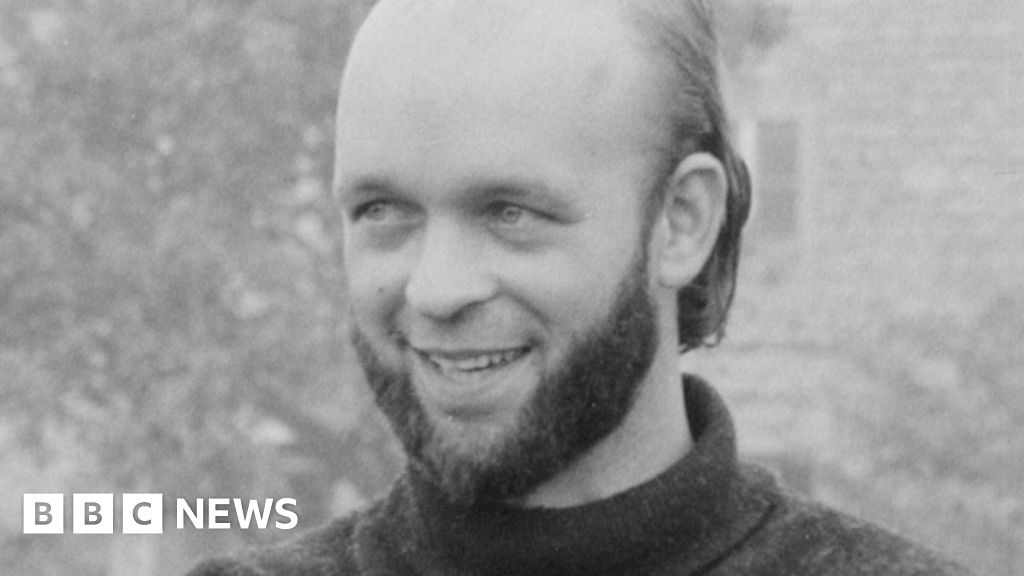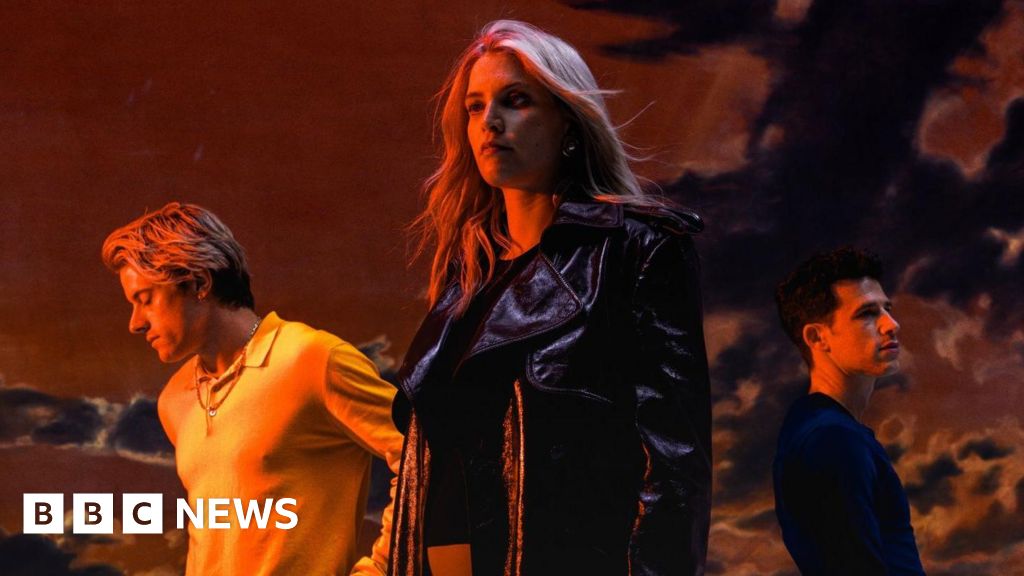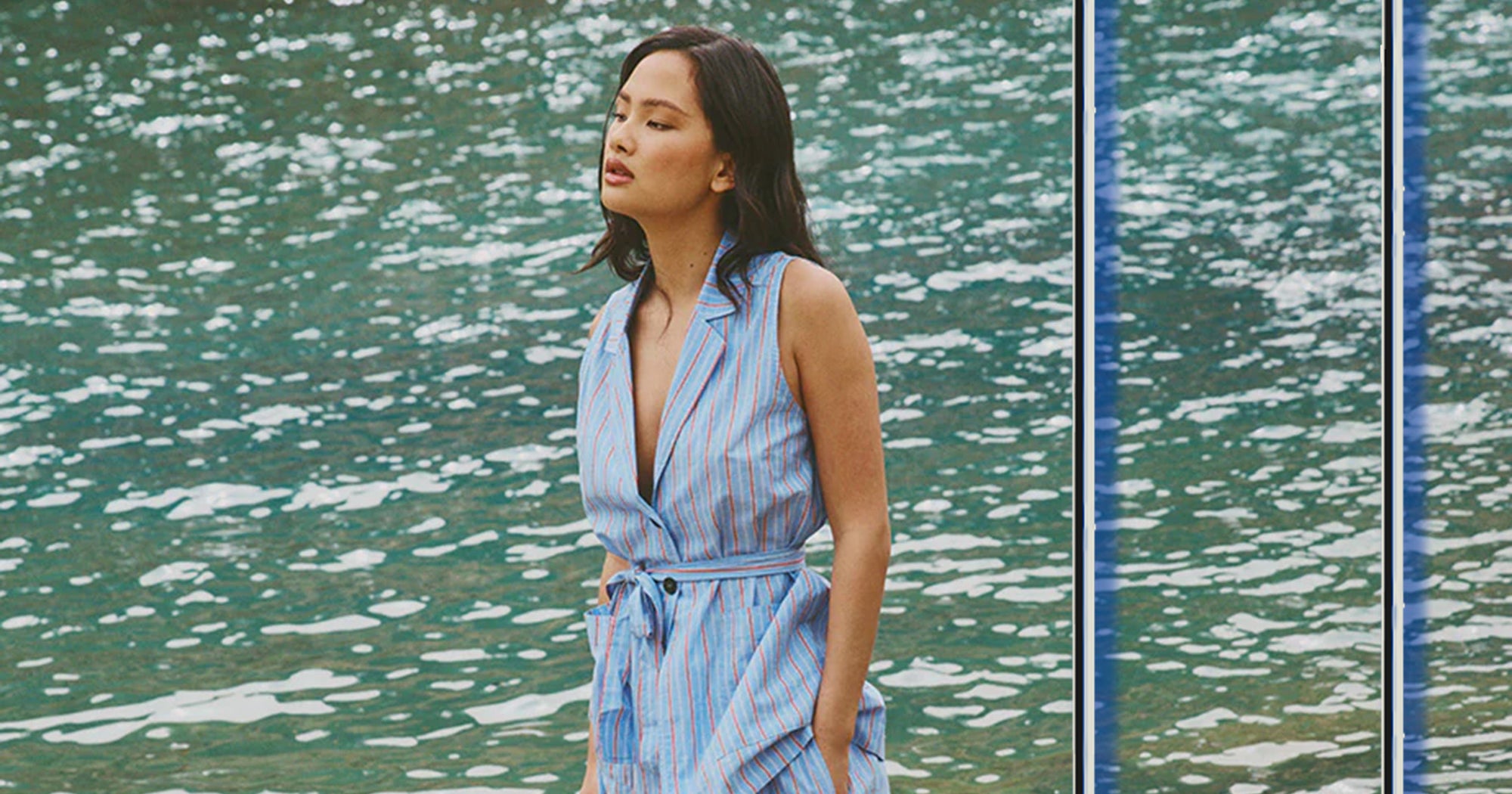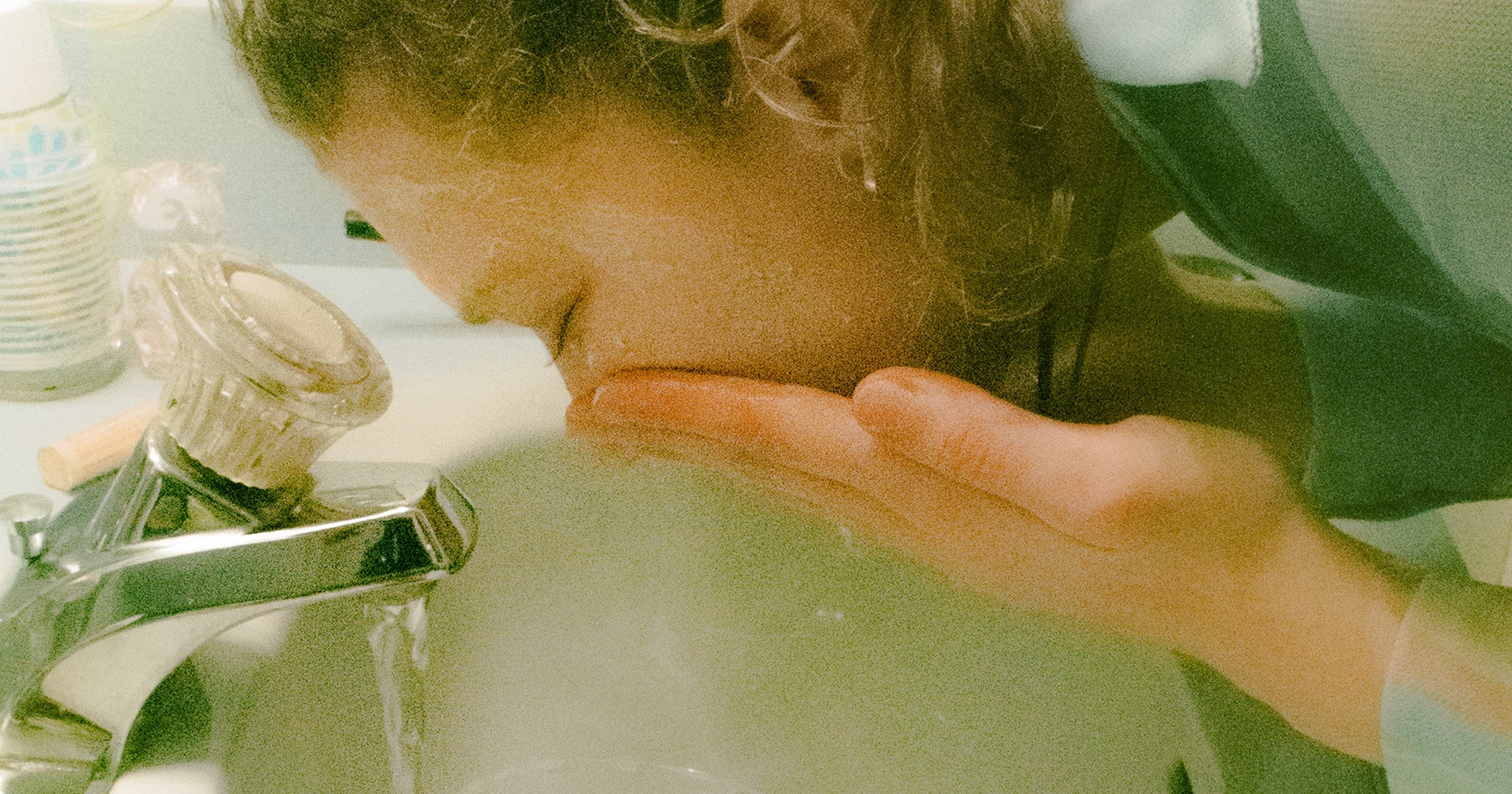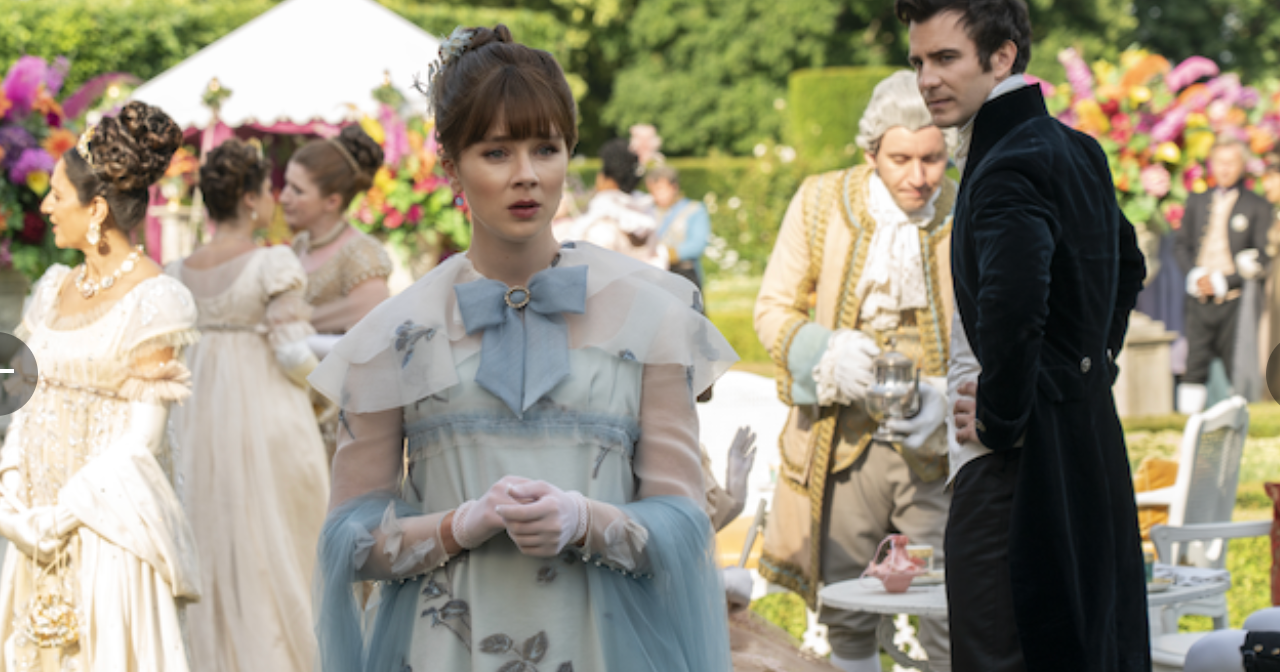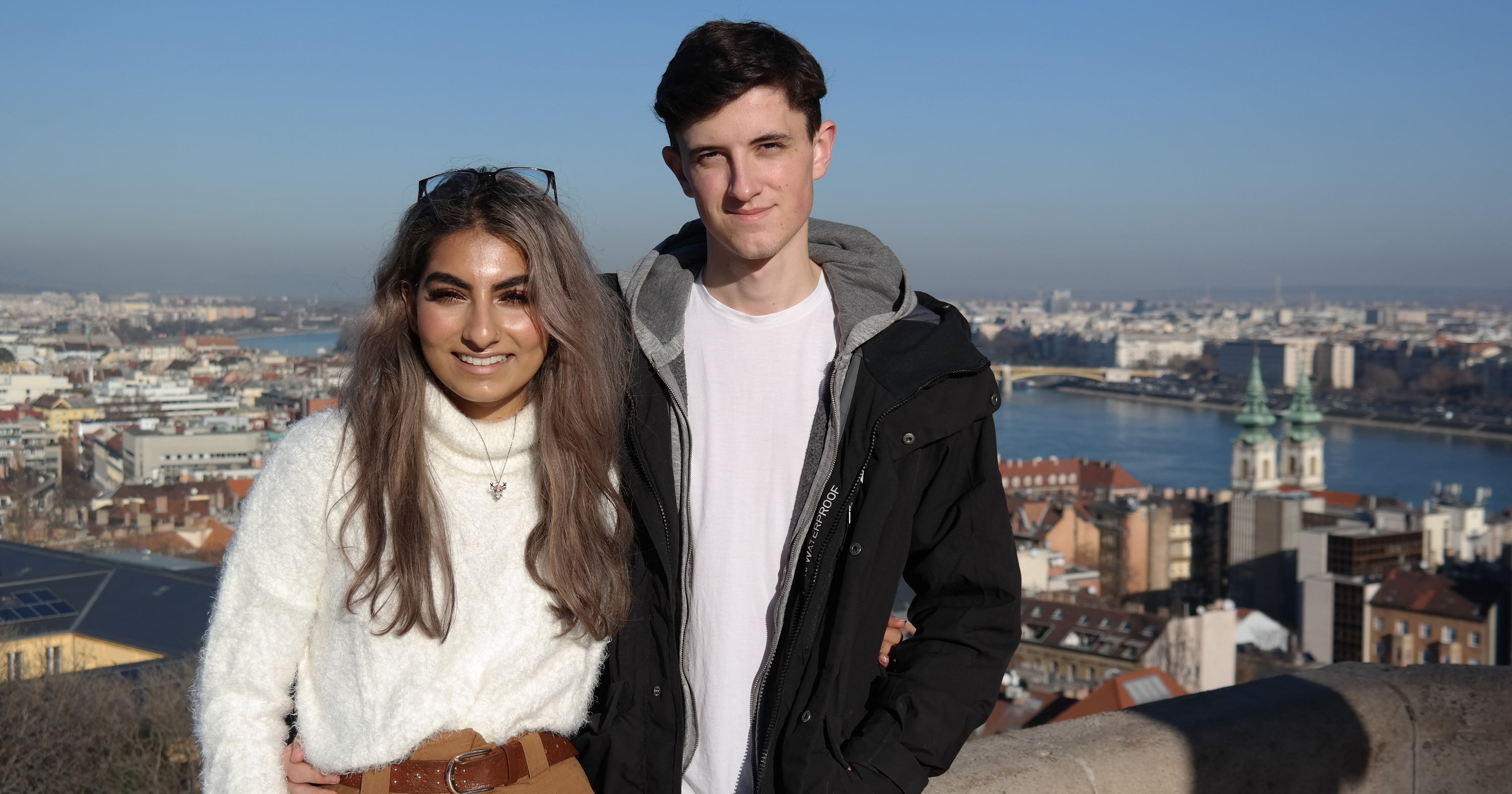What’s Happening With Bondi Sands Sunscreen?
While we might choose sunscreen for how it looks and feels on our skin, or for its sustainability credentials, we tend to take for granted that it will do its basic job in protecting us. That’s why it was alarming to read the recent report by Which? — an organisation that reviews products and services — which scrutinised 26 sunscreens and found that three of them, including Bondi Sands SPF50+ Face Sunscreen Lotion, “failed” its UV protection tests. As well as shielding against potentially deadly skin cancer, facial suncare has become a solid skincare staple due to growing awareness that UVA rays are the leading cause of premature ageing. As such, sunscreen has earned itself a permanent place on our bathroom shelves. Bondi Sands’ SPF50+ Facial Sunscreen Lotion is particularly popular: Not only is it water-resistant, it’s also affordable and favoured by those with darker skin since it is said not to leave behind a white cast. Little wonder, then, that its apparent failure in recent tests has caused such an outcry. The “scandal” subsequently blew up on TikTok, with user Aish remarking in one video with over half a million views: “If you’re using Bondi Sands as your SPF it’s time to throw them away!” Another creator, Navey, despaired in a different video: “So technically, we’ve literally just been moisturising!” Bondi Sands’ own TikTok account featured multiple comments on unrelated videos: “Please tell us what we’re hearing isn’t true,” wrote one TikToker. Another asked: “Why are you trying to kill me with your SPF50?” Clearly fans of Bondi Sands are feeling worried and betrayed. The online backlash reflects deep-seated concerns about the reliability of the product but is this criticism justified? @everythingaish This is another type of betrayal ???? #bondisands #spf #skincare ♬ original sound – Aish❤️???? What does the Which? report say about Bondi Sands sunscreen? According to Which?’s report, testers put their selected SPFs through their paces in a number of ways. “To check if a product delivers the claimed SPF levels, we apply it to volunteers’ backs,” the report read. “We then shine a UVB lamp on the same areas, noting the point when the skin begins to redden, and compare the smallest amount of UVB needed with and without sunscreen for that to happen. The SPF rating is based on the difference between the two points.” They carried out a different test for UVA protection: “We coat a glass plate with each sun cream and then use a spectrophotometer [an instrument that measures light intensity] to record the amount of UVA absorbed by the sun cream. Any products that fail either test are re-tested. If a product passes the second test, we’ll do a third test to determine the final results.” Which? reported that Bondi Sands SPF50+ Face Sunscreen Lotion failed on both counts, suggesting that it fell short of its claimed SPF (sun protection factor: how well a sunscreen will protect from UVB rays) and did not meet the minimum required UVA protection standards. We took a closer look at the product in question with help from dermatologists, cosmetic scientists and skin cancer specialists. Labelling a product with an incorrect SPF is illegal and companies simply would not risk their reputations, or their customers’ health, by mislabelling sunscreens.Dr Emma Meredith Does the Bondi Sands sunscreen provide adequate protection? First of all, it pays to understand what SPF actually means. Dr Sophie Momen, consultant dermatologist at One Welbeck, explains: “SPF [sun protection factor] is a measure of how long it takes the skin to turn red in areas where sunscreen has been applied, compared to skin with no sunscreen, after it has been treated with UVB radiation. Therefore, SPF 50 means it takes the skin 50 times as long to turn red in the presence of sunscreen, compared to without.” As the name states, Bondi Sands SPF50+ Face Sunscreen Lotion offers UV protection of SPF 50. Given that The British Association of Dermatologists, a professional membership body for dermatologists, recommends using a product with at least SPF 30, this would suggest a suitable level of protection. UVB protection is equally important. Dr Jason Thomson, NHS dermatologist, skin cancer researcher and head of medical at Skin + Me, says: “UVB radiation is the primary cause of sunburn and is responsible for about 80-85% of skin cancers. These cancers are largely preventable with proper sun protection. UVB protection is determined by the product’s SPF.” However a simple SPF rating doesn’t necessarily protect against UVA exposure, which is why it’s important to look for a “broad spectrum” product that protects against both. “UVA protection is indicated by various labels such as the UVA circle symbol or the PA rating (look for +++ or ++++),” Dr Thomson advises. Bondi Sands SPF50+ Face Sunscreen Lotion does display the UVA circle on its packaging, suggesting that it provides adequate, broad spectrum protecti


While we might choose sunscreen for how it looks and feels on our skin, or for its sustainability credentials, we tend to take for granted that it will do its basic job in protecting us. That’s why it was alarming to read the recent report by Which? — an organisation that reviews products and services — which scrutinised 26 sunscreens and found that three of them, including Bondi Sands SPF50+ Face Sunscreen Lotion, “failed” its UV protection tests.
As well as shielding against potentially deadly skin cancer, facial suncare has become a solid skincare staple due to growing awareness that UVA rays are the leading cause of premature ageing. As such, sunscreen has earned itself a permanent place on our bathroom shelves. Bondi Sands’ SPF50+ Facial Sunscreen Lotion is particularly popular: Not only is it water-resistant, it’s also affordable and favoured by those with darker skin since it is said not to leave behind a white cast. Little wonder, then, that its apparent failure in recent tests has caused such an outcry.
The “scandal” subsequently blew up on TikTok, with user Aish remarking in one video with over half a million views: “If you’re using Bondi Sands as your SPF it’s time to throw them away!” Another creator, Navey, despaired in a different video: “So technically, we’ve literally just been moisturising!” Bondi Sands’ own TikTok account featured multiple comments on unrelated videos: “Please tell us what we’re hearing isn’t true,” wrote one TikToker. Another asked: “Why are you trying to kill me with your SPF50?” Clearly fans of Bondi Sands are feeling worried and betrayed. The online backlash reflects deep-seated concerns about the reliability of the product but is this criticism justified?
@everythingaish This is another type of betrayal ???? #bondisands #spf #skincare ♬ original sound – Aish❤️????
What does the Which? report say about Bondi Sands sunscreen?
According to Which?’s report, testers put their selected SPFs through their paces in a number of ways. “To check if a product delivers the claimed SPF levels, we apply it to volunteers’ backs,” the report read. “We then shine a UVB lamp on the same areas, noting the point when the skin begins to redden, and compare the smallest amount of UVB needed with and without sunscreen for that to happen. The SPF rating is based on the difference between the two points.”
They carried out a different test for UVA protection: “We coat a glass plate with each sun cream and then use a spectrophotometer [an instrument that measures light intensity] to record the amount of UVA absorbed by the sun cream. Any products that fail either test are re-tested. If a product passes the second test, we’ll do a third test to determine the final results.” Which? reported that Bondi Sands SPF50+ Face Sunscreen Lotion failed on both counts, suggesting that it fell short of its claimed SPF (sun protection factor: how well a sunscreen will protect from UVB rays) and did not meet the minimum required UVA protection standards.
We took a closer look at the product in question with help from dermatologists, cosmetic scientists and skin cancer specialists.
Labelling a product with an incorrect SPF is illegal and companies simply would not risk their reputations, or their customers’ health, by mislabelling sunscreens.Dr Emma Meredith
Does the Bondi Sands sunscreen provide adequate protection?
First of all, it pays to understand what SPF actually means. Dr Sophie Momen, consultant dermatologist at One Welbeck, explains: “SPF [sun protection factor] is a measure of how long it takes the skin to turn red in areas where sunscreen has been applied, compared to skin with no sunscreen, after it has been treated with UVB radiation. Therefore, SPF 50 means it takes the skin 50 times as long to turn red in the presence of sunscreen, compared to without.” As the name states, Bondi Sands SPF50+ Face Sunscreen Lotion offers UV protection of SPF 50. Given that The British Association of Dermatologists, a professional membership body for dermatologists, recommends using a product with at least SPF 30, this would suggest a suitable level of protection.
UVB protection is equally important. Dr Jason Thomson, NHS dermatologist, skin cancer researcher and head of medical at Skin + Me, says: “UVB radiation is the primary cause of sunburn and is responsible for about 80-85% of skin cancers. These cancers are largely preventable with proper sun protection. UVB protection is determined by the product’s SPF.”
However a simple SPF rating doesn’t necessarily protect against UVA exposure, which is why it’s important to look for a “broad spectrum” product that protects against both. “UVA protection is indicated by various labels such as the UVA circle symbol or the PA rating (look for +++ or ++++),” Dr Thomson advises. Bondi Sands SPF50+ Face Sunscreen Lotion does display the UVA circle on its packaging, suggesting that it provides adequate, broad spectrum protection.
What do cosmetic chemists and dermatologists think about Bondi Sands sunscreen?
Manufacturers must undergo rigorous testing and comply with European cosmetic regulation to sell an SPF product in the UK. This is the law. As such, most of the experts we spoke to agreed that the Which? report shouldn’t be taken at face value. “All sunscreens sold in the UK and EU are required to undergo several rigorous tests, normally done by independent laboratories who specialise in sunscreen development and testing,” echoes Dr Thomson. “The claimed SPF and UVA protection have to have strong evidence to prove the claims and an experienced safety assessor has to sign off on the product.”
@mita.parikh My two cents as a Cosmetic Scientist on the Which! study and the Bondi Sands ‘scandal’ and why you should not throw away your favourite sunscreen just yet. #bondisands #spf #skincare #fyp #summerskin #suncream #sunscreen #london #girlytok #fearmongering #cosmeticscientist #trending #viral #browngirl ♬ original sound – Mita Parikh|Cosmetic Scientist
This is supported by Dr Emma Meredith, director-general of the Cosmetic, Toiletry & Perfumery Association (CTPA), which is an advocate and regulatory liaison for the UK cosmetics industry. “Sunscreens should — and do — deliver the SPF on the label. Companies must have robust evidence to support the SPF levels they put on their sunscreens and have evidence to support any claim they are making about their products,” she stresses. “Labelling a product with an incorrect SPF is illegal and companies simply would not risk their reputations, or their customers’ health, by mislabelling sunscreens. Companies want people to be happy with their sun products and to buy them again.”
For Bondi Sands or any of the other ‘failed’ products mentioned in the report, there is no need to hand them back.Dr Munir Somji
Given the above, why did the Bondi Sands product seem to fail the Which? test? Dr Ellie Rashid, consultant dermatologist and KLIRA pro medical director, questions whether the methods used by these testers were as reliable as those carried out by the manufacturers themselves. “The Which? article offers a broad overview of how SPF and UVA testing were conducted in a range of selected sunscreens but it lacks specific technical details of the methods used,” she says. “For SPF testing, the article explains that it involves applying sun cream to volunteers’ backs and using a UVB lamp to determine the point at which the skin begins to redden. While this covers the basic concept, it lacks specifics such as the amount of sunscreen applied per unit area, the duration of UVB exposure, how reddening was quantified and assessed, and any procedural standards or guidelines followed.”
Dr Rashid had the same qualms about the UVA tests: “For UVA testing, the article briefly mentions coating a glass plate with sun cream and using a spectrophotometer to measure UVA absorption. However, it does not provide details such as the specific wavelength range analysed, the method of applying and conditioning the sunscreen on the [skin], calculation methods for UVA Protection Factor (UVA-PF) and critical wavelength, and the standards followed.”
Esther Olu, a California-based cosmetic chemist and aesthetician, agrees that more work needs to be done to fully understand the results of the Which? report. “There are several questions about the methodology used by Which?, such as the freshness of the batch they tested,” Olu notes. “Additionally, it appears they did not seek to independently verify their results with other labs, which is essential for consistency. Therefore, consumers should be aware of the findings but recognise that more testing is necessary to verify the reliability of the results.”
Refinery29 approached Which? for its response to the above comments. Discussing their specific experience with sunscreen testing, Kamisha Darroux, Which? principal scientific adviser, said, “Which? has been testing sunscreens for 20 years. Our sunscreen tests are overseen by Which?’s in-house team of scientific advisers and testing experts and carried out in accordance with internationally recognised standards at a third party-accredited laboratory, which has years of experience of testing these products,” she said. “It is our policy (when a product fails) to give the manufacturer as much insight as possible to help them investigate the issue and make improvements so that their products are better and safer for consumers.”
Despite outside scepticism, she remains confident that Which?’s tests stand up to scrutiny. “Our science and testing teams are happy to brief medics and researchers on our findings to ensure they do not inadvertently muddy the waters on this vital public safety matter. It’s so important that we protect the identity of the labs that assist with our testing from undue interference from companies that do not like the results of our independent tests.”
Is Bondi Sands sunscreen safe to use?
Fans of Bondi Sands have a lot to say about the findings. Refinery29’s associate editor Alicia Lansom, who uses the Bondi Sands SPF50+ Face Sunscreen Lotion, says that news of the report concerned her because she has pale skin. “I love the Bondi Sands SPF 50, mostly because it sits well under makeup, is extremely affordable and is readily available at my local Boots and ASOS. It keeps me from turning lobster red the minute the temperatures heat up,” says Lansom. She adds: “I’m really hoping that the report turns out not to be true, because I don’t feel like switching to a more expensive product.”
Refinery29’s SEO writer, Humeara Mohamed, also uses the Bondi Sands sunscreen. “I love Bondi sunscreens with a passion. It’s hard to find the ‘perfect’ sunscreen but Bondi never misses. I find there’s no cast on my brown skin, they don’t interfere with my makeup and they don’t irritate my sensitive skin. So, with respect, until Which? can provide legitimate evidence, I will be continuing to use Bondi Sands,” she says. Mohamed continues: “Which?’s findings don’t worry me at all, especially considering that the UK and EU cosmetics regulations require claims like SPF ratings, UVA protection and water resistance to be substantiated.”
All of our products undergo rigorous testing processes to ensure they meet and exceed industry standards and requirements.Bondi Sands
So should we assume our sunscreen is safe? Cosmetic chemist Jen Novakovich does not think that we should be worried at this point. “Based on the current limited information I’ve seen, [even] if that sunscreen is in the list called out by Which?, then that’s still what I would use,” she says. “The safest sunscreen for any individual will be the one they enjoy, because they’ll be more likely to wear enough, regularly,” she adds.
If you have a tube of Bondi Sands SPF 50 to use up, Dr Munir Somji, dermatologist and founder of DrMediSpa, doesn’t think you should relinquish it altogether. “For Bondi Sands or any of the other ‘failed’ products mentioned in the report, there is no need to hand them back.” Again, Dr Somji drives home that the products you see on the shelves have undergone rigorous safety and stability testing, which means they are safe to use. “Which? needs to provide more information on how its testing differs from industry standard,” he notes.
If you’re still worried, aesthetician Dija Ayodele suggests using a different sunscreen if it will bring you peace of mind.
Has Bondi Sands responded to claims its SPF has “failed” tests?
When approached by Refinery29 for comment, Bondi Sands’ spokesperson stressed the brand’s dedication to EU regulations, emphasising its partnership with Delphic HSE, a company that ensures safety and compliance. “Delphic HSE reviews efficacy testing data as part of the pre-market compliance process, to ensure that products which are placed on the market are safe and compliant with relevant regulations and have appropriate evidential support for any product claims made, including sunscreen efficacy.”
As an Australian brand, Bondi Sands pointed out that it follows the rules set by the strict Australian/New Zealand Sunscreen Standard and International Organization for Standardization (ISO) for SPF and UVA protection. Its tests showed that the SPF value for its sunscreen was measured at 61.5, which is higher than the SPF 50+ requirement. Bondi Sands also confirmed that the UVA protection met the necessary standards, which it said proves that it complies with EU regulations. “All of our products undergo rigorous testing processes to ensure they meet and exceed industry standards and requirements,” Bondi Sands told R29, adding, “Bondi Sands will work with Which? to better understand testing results.”
Bondi Sands’ response underscores the ongoing dialogue surrounding sunscreen safety and efficacy, calling for continued scrutiny and transparency within the industry. The Which? report also serves as a timely reminder that we shouldn’t see sunscreen alone as a silver bullet for sun protection. In addition to applying SPF, it is highly recommended to follow NHS guidelines by staying out of the sun during peak hours (11am to 3pm) and wearing protective clothing and sunglasses.
While Which? has placed a ‘Don’t Buy’ label upon Bondi Sands and other supposed failed products, the expert consensus appears to be clear: As it stands, there is no cause for alarm. Whether Bondi Sands can recover from such a PR nightmare remains to be seen.
Like what you see? How about some more R29 goodness, right here?
All The Benefits Of Wearing Sunscreen On A Plane
What's Your Reaction?












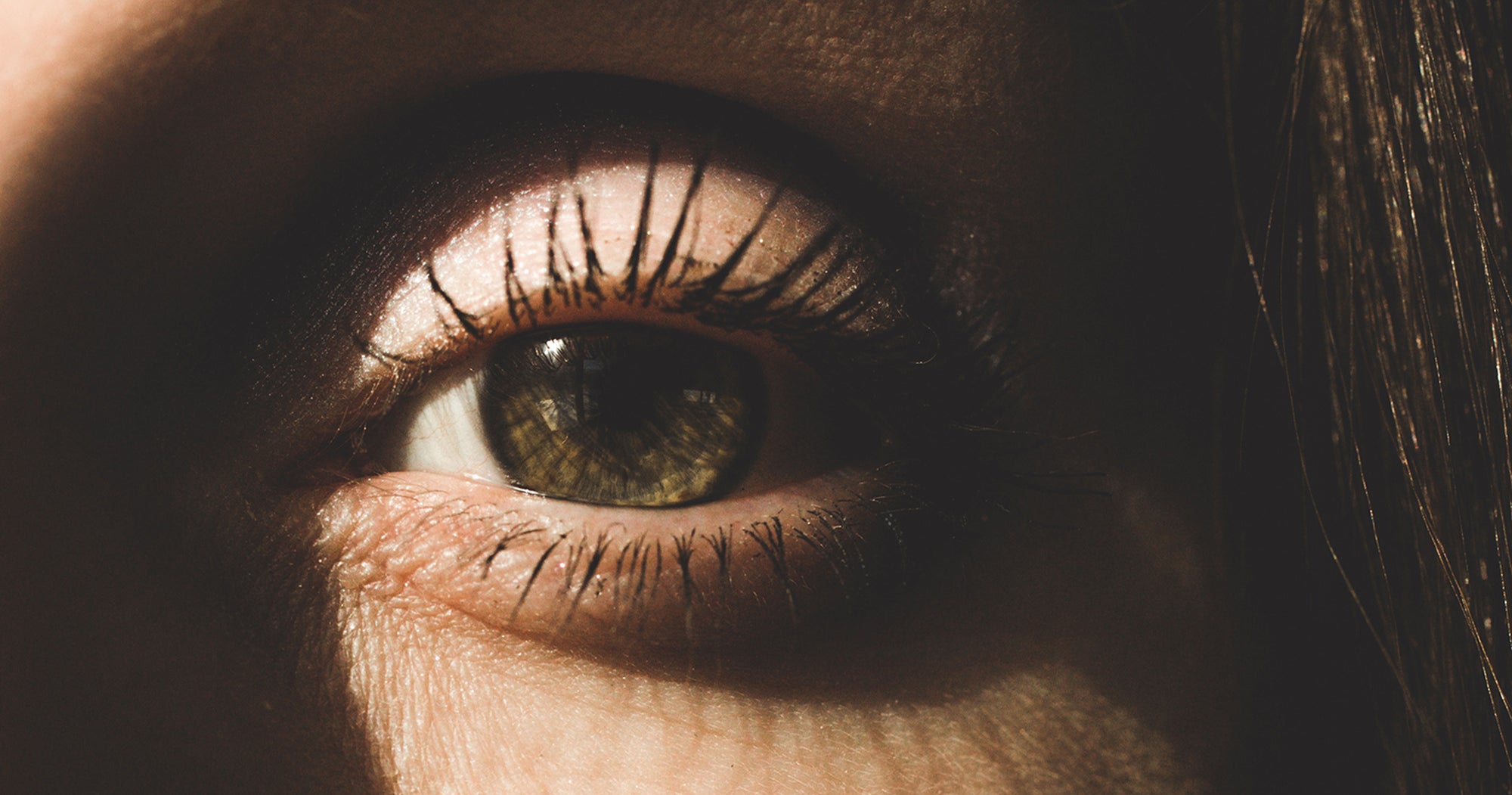
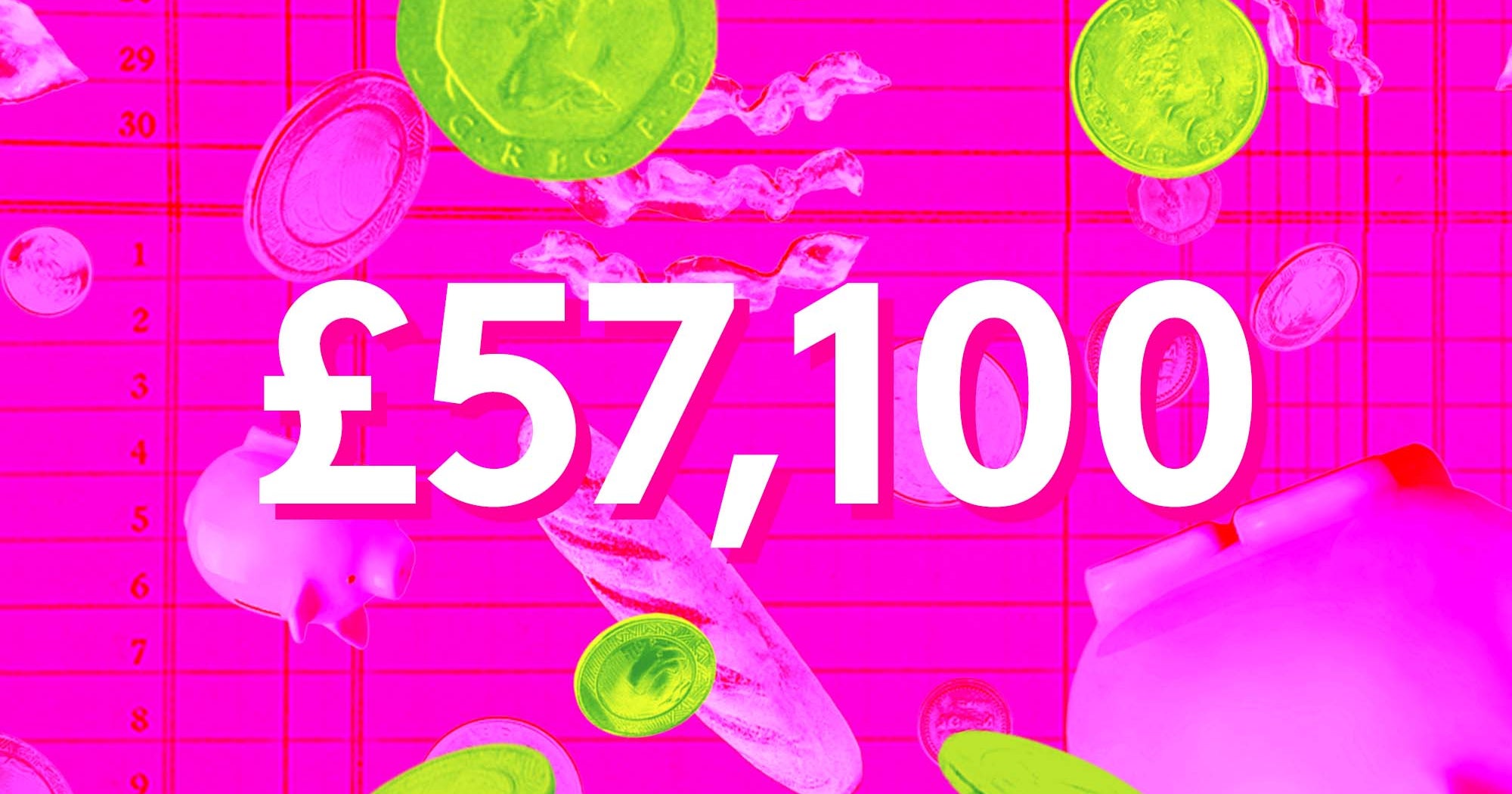




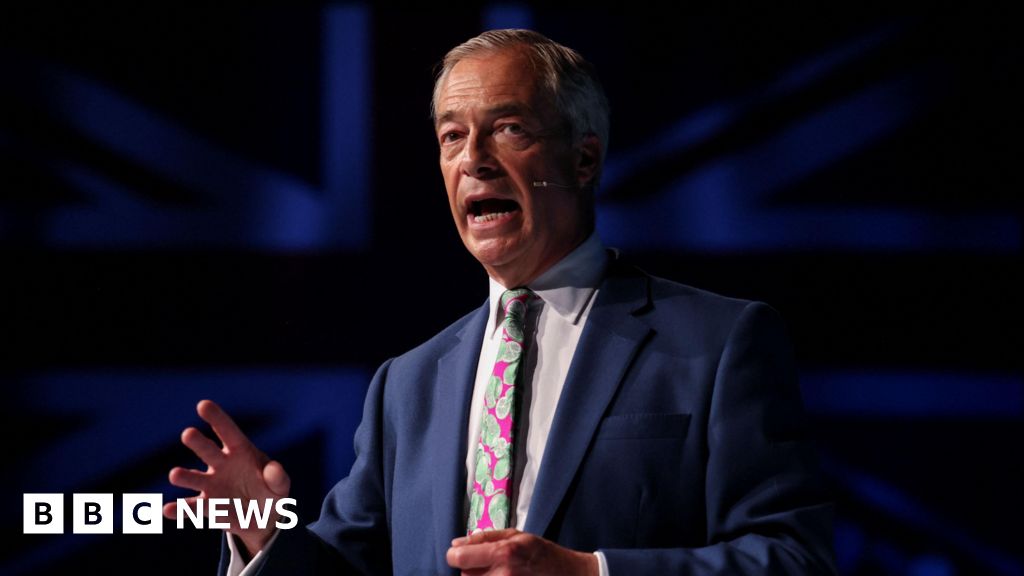
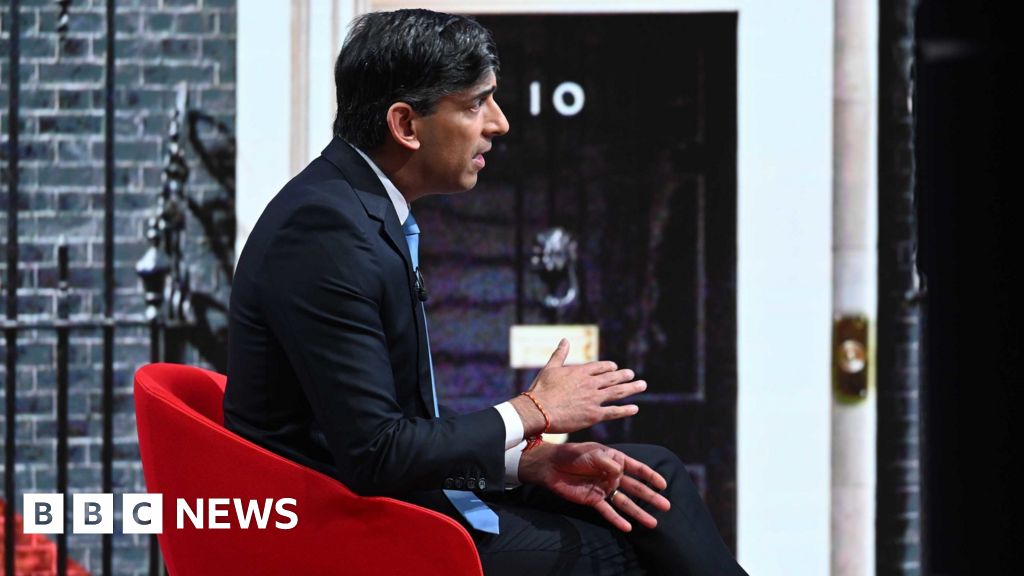

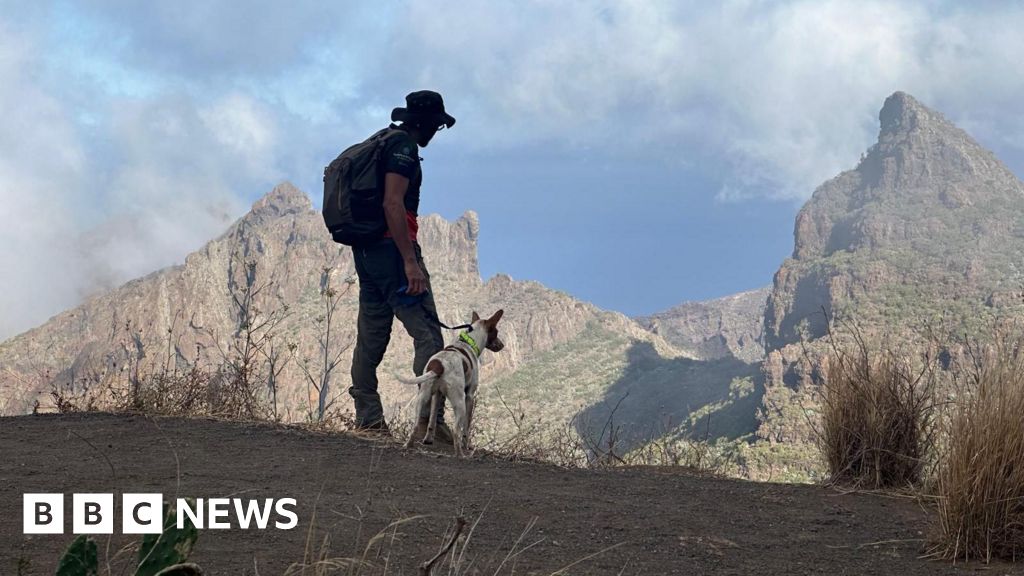




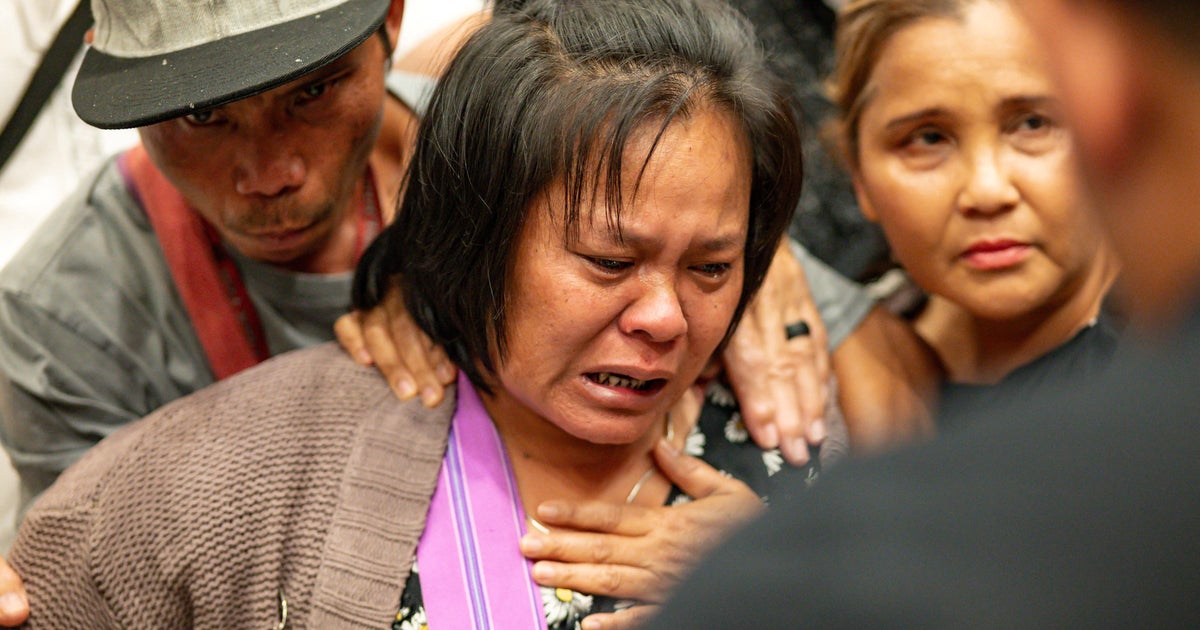


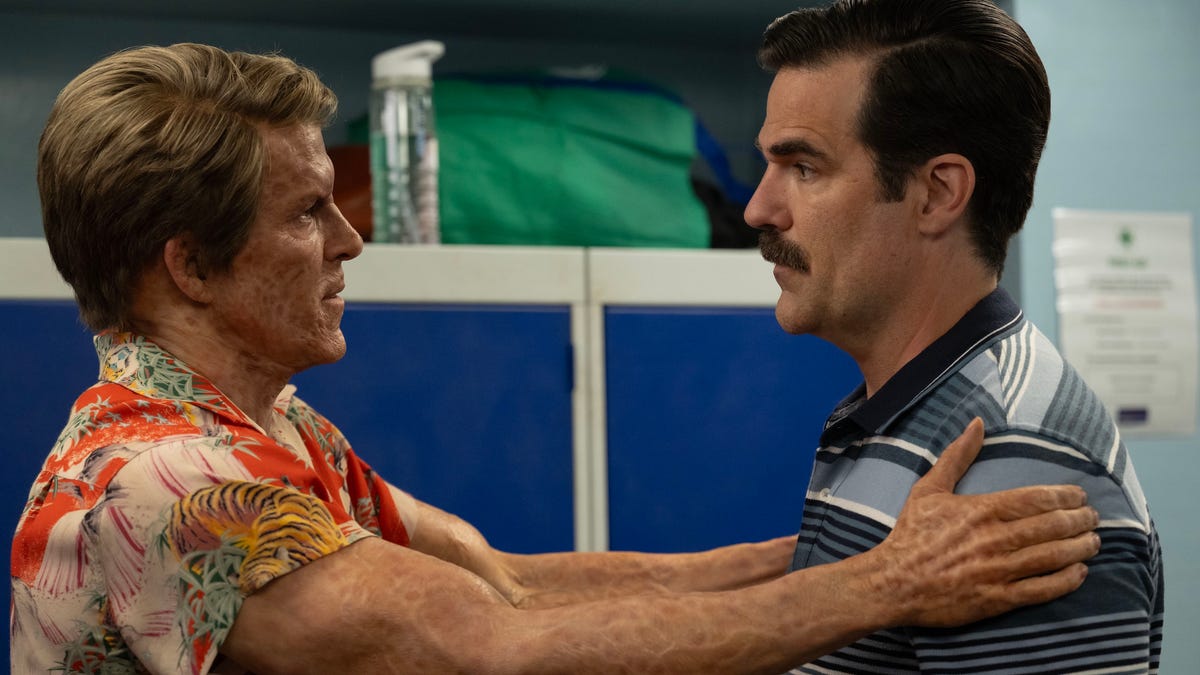



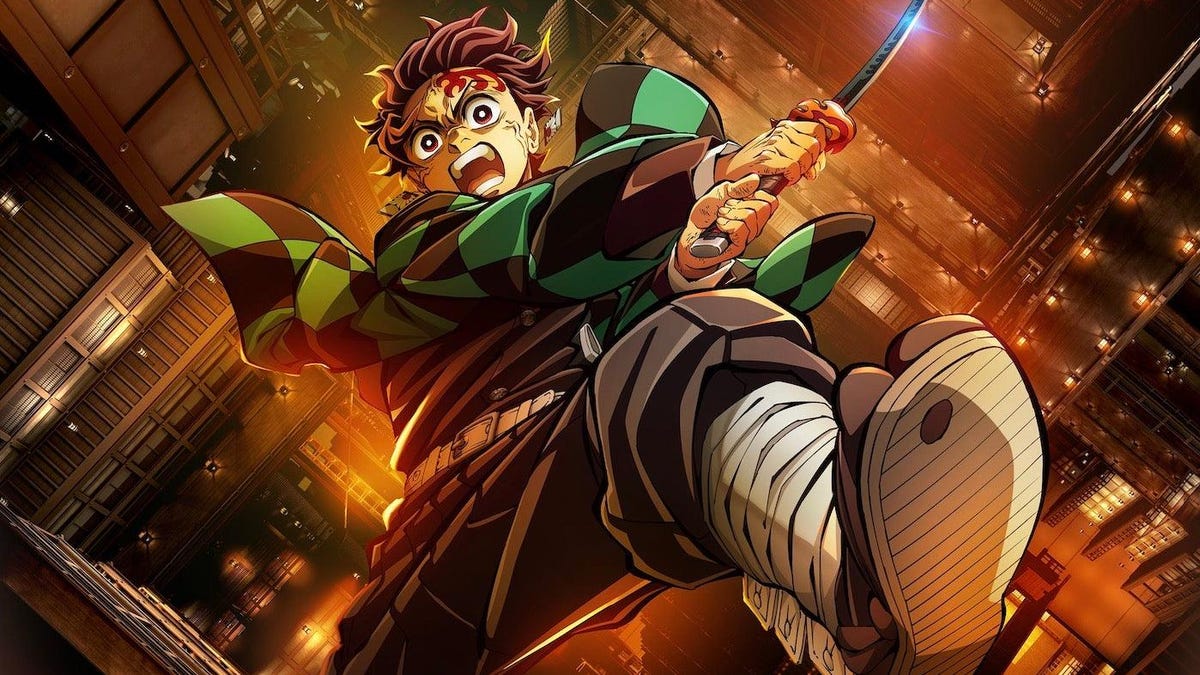
/cdn.vox-cdn.com/uploads/chorus_asset/file/24401977/STK071_ACastro_apple_0001.jpg)

